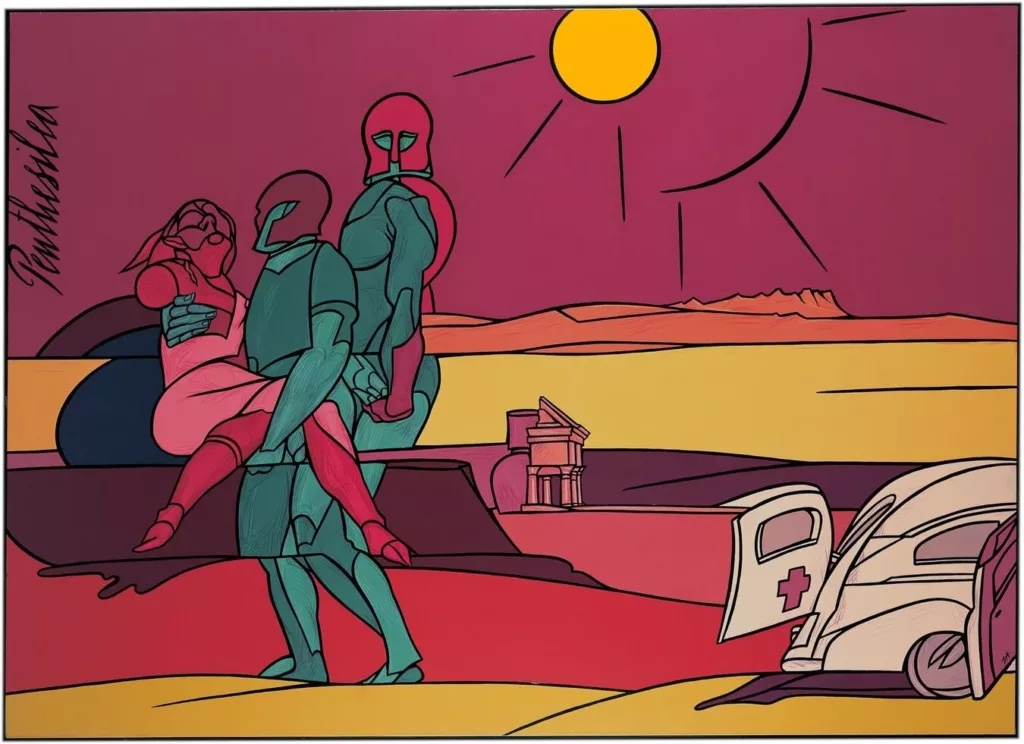Collecting guide
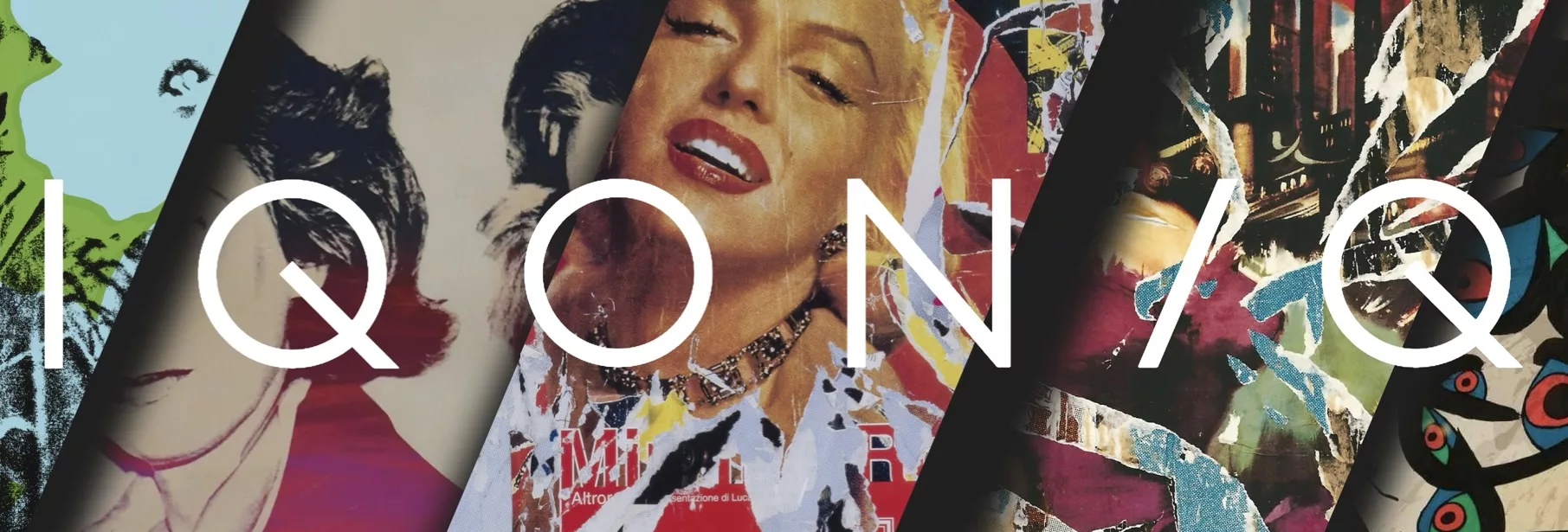
Collecting guide
- FINE ART PRINTING TECHNIQUES
- Description of PRINTS AND MULTIPLES
- elements OF PRINTS AND MULTIPLES
- Information and descriptions prints and multiples
- History of Prints and Multiples
- Certification and provenance of prints and multiples
- Uniqueness of prints and multiples
- More uses For prints and multiples
- Types of numbering of prints and multiples
- Artist biographies
- Art movements
Collecting guide
FINE ART
PRINTING TECHNIQUES
etching is an ancient method of creating art prints. The artist scratches off the surface of a metal plate (usually copper or zinc) covered with a waxy ground with a pointed etching needle that he uses like a pen to trace a drawing that will be printed reversed. The plate is then dipped in a bath of nitric acid. The acid “bites” into the me- tal, where it is exposed, leaving behind lines sunk into the plate. In order to obtain darker lines the plate can be dipped in acid again. The plate is inked all over, and then the ink is wiped off the surface, leaving only the ink in the etched lines. The plate is then put through a high-pressure printing press together with a sheet of paper (often moistened). The paper picks up the ink from the etched lines, making a print.
This printing process named “aquatint” consists in the granulation of a metal plate, coated with wax. The texture is created by dropping grains of salt on the matrix which stick to the heated pla- te. The grains of salt will be cleaned off, thus leaving small interstices where the acid will penetrate. Effective shades of light and dark can be achieved, simply by varying the time of immersion and by coating the blank areas with a greasy varnish. Aquatint is usually combined with aquafort, since the printing process is the same, on the same matrix or on different ones, that will be printed with different colour inks in order to obtain the desired image.

Collecting guide
FINE ART
PRINTING TECHNIQUES
Lithography, from Greek ”lithos” (stone) and ”graféin” (to write), is a method of printing using a stone (limestone) having a smooth surface. This printing process works on the principle that grease and water repel each other. The artist draws on a stone with a greasy crayon or ink and then covers the stone with a thin film of water. Ink is applied to a grease-treated image on the flat printing surface; non-image (blank) areas, which hold moisture, repel the lithographic ink. This inked surface is then printed directly on pa- per perfectly reproducing the artist’s drawing, by means of a rubber cylinder. The oily ink will stick to the greasy image but not to the water-covered areas.The same process may be used today by using metal plates – zinc or steel treated with granulation, in order to slightly roughen the stone plate repelling greasy ink on the non-image areas. The artist can draw on different stones or plates with various colours and print them on the same paper, in order to obtain colour prints.
This ancient printing technique first appeared in China where silk was used in the process, prior to the invention of polyester mesh. It is a stencil technique that employs fabric stretched tight on a screen support frame. A stencil is created on the screen by applying a “blockout” (glue, paper, hand-cut film, or photosensitive emul- sion or gelatin film) to all non- image areas. Ink is then applied to the entire screen using a squeegee which forces the ink to pass through the open area of the stencil onto paper or other material. As with screen printing can be obtained flat, rich and compact colours, this technique is particularly suitable to two- dimensional images. A number of screens can be used to produce a multicoloured image or design.

Collecting guide
FINE ART
PRINTING TECHNIQUES



Collecting guide
FINE ART
PRINTING TECHNIQUES



Collecting guide
Description
of PRINTS AND MULTIPLES
PRINTS AND MULTIPLES, also called art multiples,
allow a work to be distributed in a different and
unique way. They are accessible to a limited audience
in any case but not only to the single buyer as it
could be for a unique work. The ART MULTIPLES, in
fact, are quality controlled, produced in numbered
quantities, certified, authenticated and signed by the
artist himself.

Collecting guide
elements OF
PRINTS AND MULTIPLES
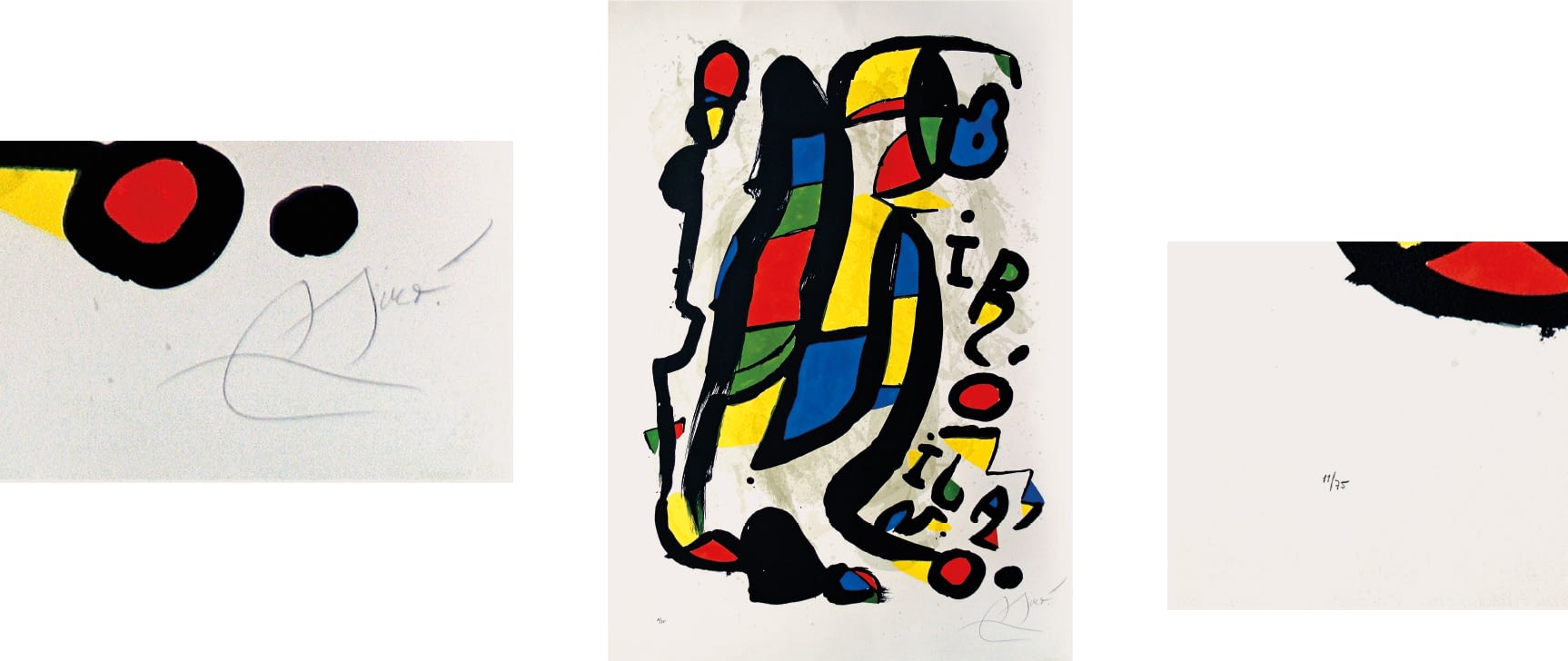
Miró Milano, 1981
Lithography

Collecting guide
Information and descriptions
prints and multiples
Having an art multiple does not mean having a copy of the original work, but rather having a unique piece of its kind that the author wanted to produce specifically. The expression of art through this type of language represents a means of direct dialogue with the complete production of each author.
Many artists choose to present their works in the form of editions in order to spread their most intrinsic ideas, their style, and the message they intend to send through their art. Having all the multiples of an artist’s art means having all of himself.

Collecting guide
History
of Prints and Multiples


Collecting guide
History
of Prints and Multiples

The success of this artist in the last decade has led to prices of over 20,000 dollars each at auction at Bonhams in 2012.
Banksy’s value has increased so much that we can find unnumbered and unsigned prints in galleries for several thousand euros.


Collecting guide
Certification and provenance
of prints and multiples
However, even works by already established artists must be able to ensure buyers of a safe investment.
One of the most important aspects of purchasing author prints is certification and provenance.
The Iqoniq collection was created by collaborating with historic galleries already recognized in the Italian and international scene to ensure that each print was carefully verified and certified
Our dedication to transparency and quality allows us to offer works of art of proven value, enriching our customers’ collections with unique, authentic pieces of certain origin.
Partnership with






Collecting guide
Uniqueness
of prints and multiples
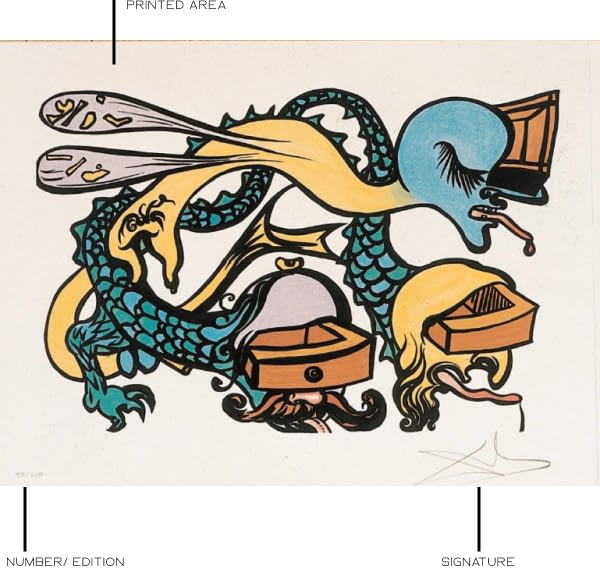
What happens with single works of art can also happen with multiples of art (plagiarism). This is why there are some characteristics that are necessary for each art print to be authentic:
• Certification: it is always the Magister who takes care of the certification. In this, the author’s authorisation, the number of the limited series, the process for the realization of the work, the selected paper and the date of realization must be declared. Often the documents are lost, so the only guarantor is to buy a work from a certain origin. (Gallery or foundation)
• Edition: the number of works produced is limited, this means that each work will be certified and numbered individually and progressively as part of a limited series.
• Signature: each original work bears the signature of its author or the initials of the artist’s foundation.

Collecting guide
Uniqueness
of prints and multiples
Each phase of industrial printing cannot be totally manual, therefore it is not possible to obtain: diversity, originality and therefore the absolute uniqueness of that “aesthetic commodity” which are the original prints and the official prints and multiples.


Collecting guide
More uses
For prints and multiples




Collecting guide
Types of numbering
of prints and multiples
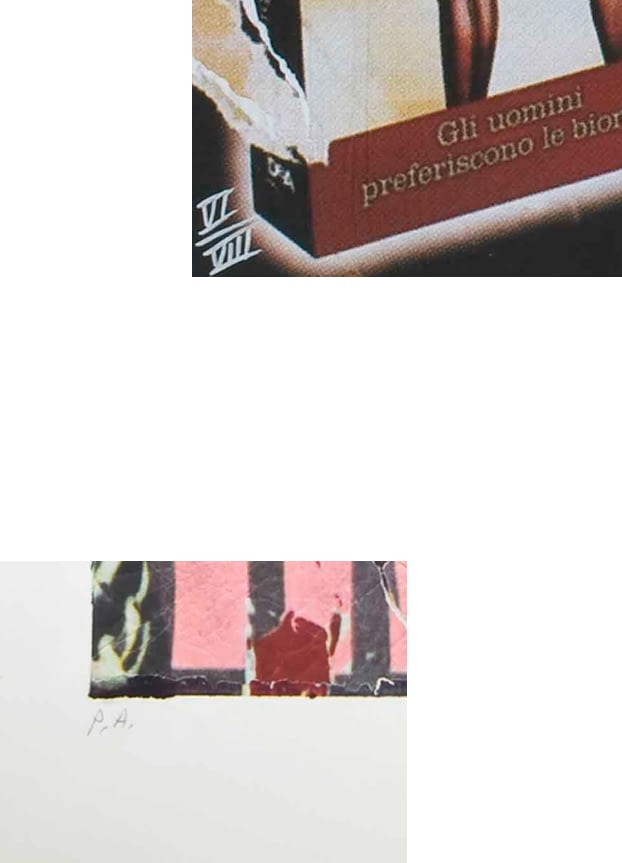
(the choice of style simply comes from the artist, it does not change the historical or economic value.)
• Arabic numbering: (example 20/100)
• Roman numbering: (example II/ X)
• Alphabetical numbering from a/z to z/Z (may also include xywjk)
• PDA or p.a (author’s proof)
• H.C . (out of commerce)
• E f. . (out of commerce) FRANCE


Artist biographies
ARTIST BIOGRAPHIES
- Agostino Bonalumi
- Alexander Calder
- ALIGHIERO BOETTI
- ANDRÉ VERDET
- ANDY WARHOL
- Superstudio
- Antoni Tàpies
- ARMAND PIERRE FERNANDEZ
- ARNALDO POMODORO
- César Baldaccini
- Claudio Parmiggiani
- EMILIO SCANAVINO
- Emilio Tadini
- ENRICO BAJ
- ENZO FACCIOLO
- FAUSTO MELOTTI
- FRANÇOIS MORELLET
- GIORGIO DE CHIRICO
- GIULIO PAOLINI
- GIUSEPPE CHIARI
- JOAN MIRÓ
- KEIZO MORISHITA
- LEOPOLD SENGHOR
- LUCIANO FABRO
- LUCIO DEL PEZZO
- MAN RAY
- Marcello Jori
- Mario merz
- Mario Schifano
- Max Ernst
- Mel Ramos
- Mimmo Paladino
- Mimmo Rotella
- Nicolai Lilin
- Ottavio missoni
- Piero Dorazio
- Remo Salvadori
- Richard Hamilton
- Robert Indiana
- ROY LICHTENSTEIN
- SALVADOR DALÍ
- Shepard Fairey (Obey)
- Ugo Nespolo
- Valerio Adami
- Victor Vasarely
- Verena Loewensberg
- Camille Graeser
- Getulio Alviani
Agostino Bonalumi
Agostino Bonalumi was born in Vimercate, Milan, on July 10, 1935. Abandoning his studies in technical and mechanical drawing, he devoted himself as a self-taught painter, holding his first solo exhibition at Galleria Totti in Milan in 1956. He attended Enrico Baj’s studio and met Enrico Castellani and Piero Manzoni, with whom in 1958 he exhibited in Rome, Lausanne and finally Milan. The following year he founds with Castellani the magazine “Azimuth” and attends the studio of Lucio Fontana, beginning a research focused on space that leads him to make his first “estroflessioni”: works that the artist defines Pitture-Oggetto, obtained thanks to frames and structures that, placed on the back of the canvas, involve its tension and deformation. In the 1960s, his research evolved toward the creation of works-ambient, in which the viewer actively participates in the space, such as Blu abitabile (1967), Grande ambiente bianco e nero (1968), and Ambiente pittura dal giallo al bianco e dal bianco al giallo (1979).
He participated in the Venice Biennale in 1966, in 1970 with a solo room, and in 1986. In 1980 a major retrospective of his work was mounted in the rooms of Palazzo Te in Mantua, and the following year he participated with Piero Dorazio, Mimmo Rotella and Giuseppe Santomaso in the exhibition “Italian Art: Four Contemporary Directions” at the Museum of Art in Fort Lauderdale, Florida (USA). In 2002 he was awarded the President of the Republic Prize, and on this occasion the Accademia Nazionale di S. Luca dedicated a retrospective exhibition to him at the Palazzo Carpegna venue in Rome. In 2003 an exhibition was held at the Civica Galleria d’Arte Moderna in Gallarate and he participated in the exhibition “Futuro Italiano,” held in the halls of the European Parliament in Brussels. At the turn of 2003 and 2004 the Institut Mathildenhöe in Darmstadt mounted a solo exhibition of his work. Bonalumi died in Desio on September 18, 2013.
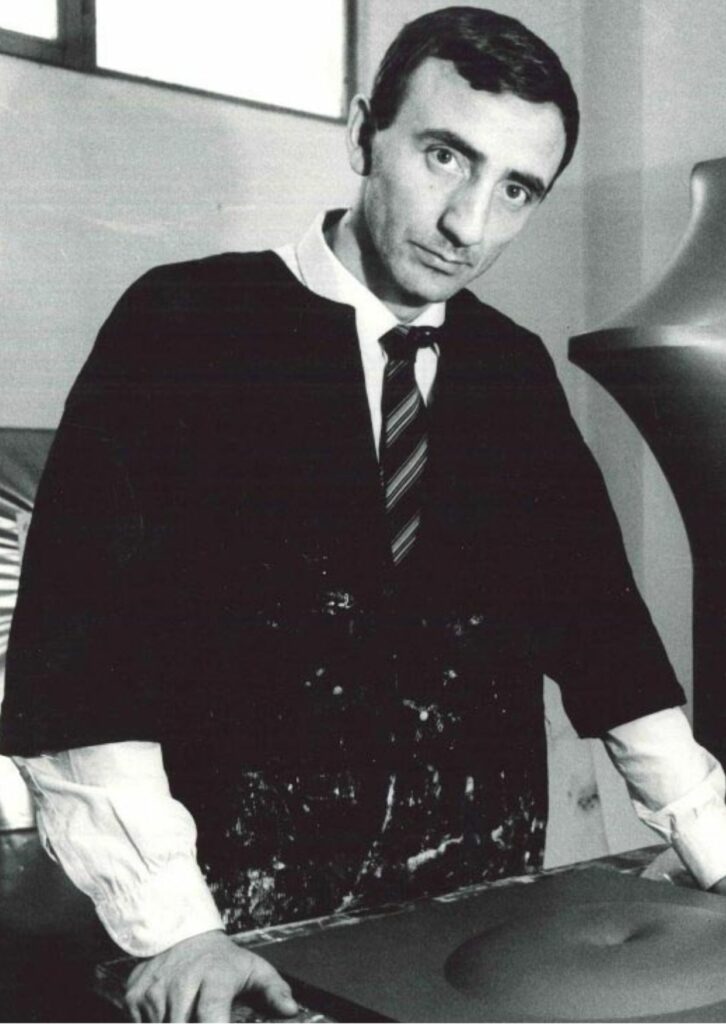
Alexander Calder
(1898-1976) Born into a family of artists: his father was a sculptor and his mother a painter; he was immediately encouraged to pursue his passion for art and already as a child he showed an evident talent in handling materials. Nonetheless, he does not pursue an artistic career and decides to graduate in engineering. In one of the many jobs he carried out after obtaining his degree, finding himself on a ship sleeping on the deck, he saw the scene that made him lean towards a different life choice and which he would continue to recall throughout his existence: a splendid dawn and a bright full moon. Shortly after this event, in 1923, Alexander Calder moved to New York and began attending the Art Students League and at the same time the “National Police Gazette” hired him as a designer precisely on behalf of this in 1925 he followed some circuses and designed their performances, developing an interest in the world of circus that would accompany him throughout his life.
The sculptor Alexander Calder realizes that iron is the material for him, so he begins to use it to portray prominent figures of his time. In 1928 hisfame as a sculptor and inventor was now widespread and his first solo exhibitions also arrived; he also met very famous artists and intellectuals and a visit to the studio of his friend Piet Mondrian led him to a brief phase as an abstract painter, which soon ended with a return to his beloved sculpture. In 1931 came the real turning point in his artistic career by Calder, because he created his first kinetic sculpture, which kicked off a completely new artistic genre. Later he throws himself into large-scale sculptures, a prelude to the subsequent large-scale work for public works. The shortage of materials caused by the Second World War led him increasingly to work with wood, giving rise to the series of sculptures called constellations, in which the elements carved into the wood were then anchored with wire. His career was, until the end, full of successes and great collaborations. Alexander Calder died of a heart attack in 1976.
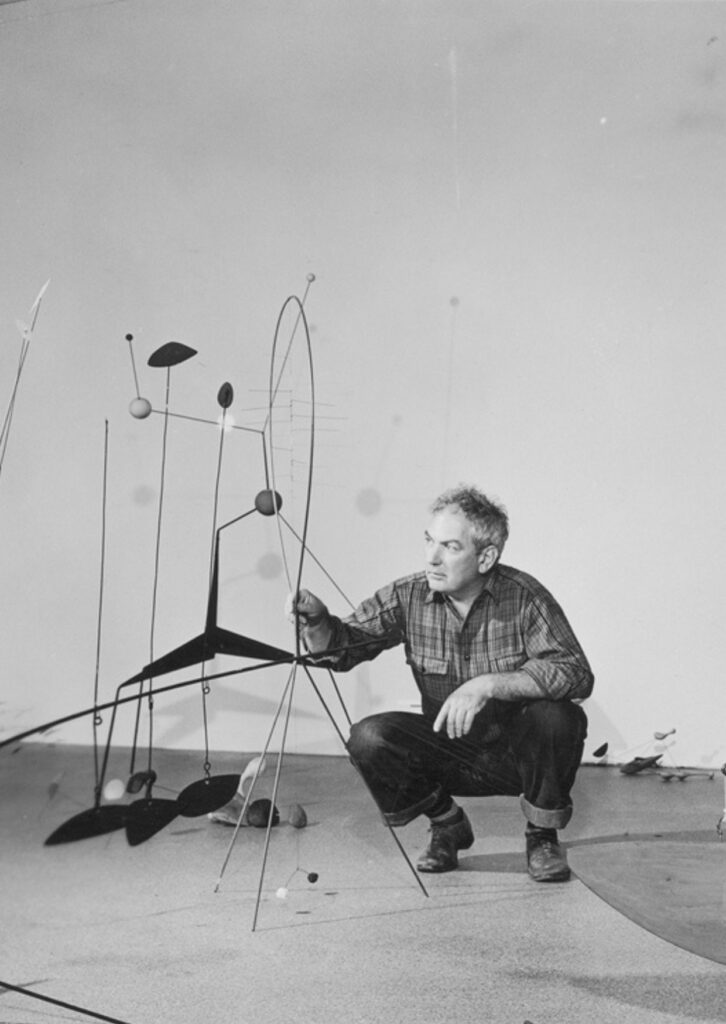
ALIGHIERO BOETTI
Alighiero Boetti (Turin, 1940 – Rome, 1994) was one of the main protagonists of the Arte Povera group and one of the most appreciated Italian artists of the second half of the twentieth century. He began taking his first steps in art in the 1960s, very young, after leaving university studies and deciding to follow his passions. He soon joined the Arte Povera movement and then managed to gain important international recognition at the height of the collective’s success. Boetti was a very prolific conceptual artist, who used different techniques to create his works, some even very manual such as embroidery or collage. He also created multiple versions of the same subject, producing them in rather large numbers.
A clear example of this is the works linked to postal services, which were reproduced over and over again by the artist to reflect precisely on the concept of continuous mechanical creation the conceptuality underlying Boetti’s works seems not to follow a particular trend, but to arise from ideological ideas of various types ranging from the reuse of unconventional materials to geopolitics, from the concept of duplication to self-reflection, from Arab culture to geometry. Very important for Boetti’s biography and artistic development was a trip to Afghanistan, a country where the artist returned periodically for a long time until the political events that led to the occupation of the country at the end of the Seventies prevented him from returning. Numerous exhibitions have been dedicated to him, both in life and post-mortem, in major museums around the world, and a very large group of his works is part of the permanent collection of the MoMA Museum of Modern Art in New York
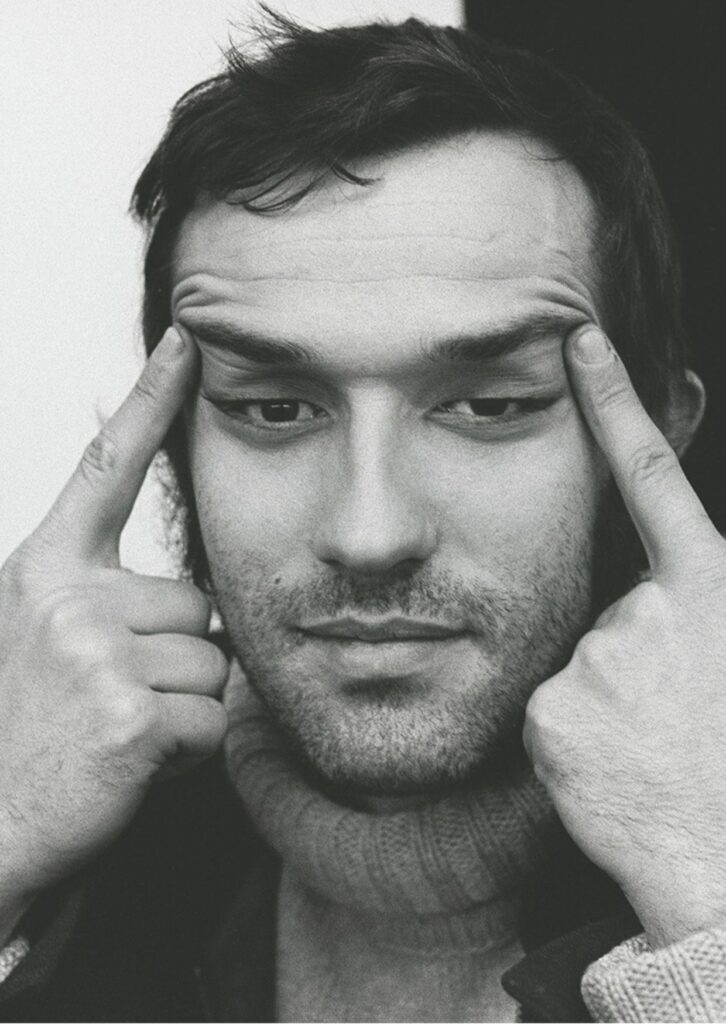
ANDRÉ VERDET
Andrè Verdet was one of the protagonists of French culture and art of the 20th century; exponent of the twentieth-century French poetic-pictorial critic, interpreter and esthete of Mediterranean thought, but also writer, poet, jazz musician and tireless dancer. He served in the colonial troops. His first book was published in 1939: Histoire origines du pays de Saint Paul, which was followed by numerous collections of poems. In 1941 he met the poet Jacques Prévert with whom he subsequently published four books of poems, and a young extra, Simone Signoret. He was one of the most involved in the clandestine struggle and during the resistance he became responsible for a counter-espionage and sabotage network of the “Combat” movement. He was saved from the Germans on several occasions by Prévert who also collaborated with the Resistance, helping several friends at his own risk. He is arrested and deported to Auschwitz and Buchenwald. He repatriated in 1945 and upon his return, he published The Anthology of the Buchenwald Poems.
In 1949 he returned to live permanently in Provence. Multifaceted and curious artist, painter, photographer, musician, and poet, he is the official artist of Saint Paul de Vence and has always frequented La Colombe d’or, the famous meeting place for artists on the French Riviera, where he meets and becomes the confidant and the friend of many painters such as Matisse, Chagall, Braque, Picasso, Hartung, César, Arman, Folon, Soutine, Dufy, Mario Tozzi (painter), RAM (Ruggero Alfredo Michahelles) painter, and then others younger and newer, such as Léger, Villon, Picabia and in Italy Brajo Fuso and Mario Borgna. From his stories, beautiful art books and several essays on painting were born. After publishing an almost uninterrupted series of poetry collections and albums, Verdet tried his hand at painting and sculpture. In 1977, after a meeting with Bill Wiman, bassist of Rolling Stone, and Jon Anderson, leader of Yes, he created his poetic-musical group, called Bételgeuse. At the height of his artistic maturity, he decided to also approach the world of glass, to create interesting sculptural works. During his long artistic career, he has exhibited mainly in French and Italian galleries and public institutions.
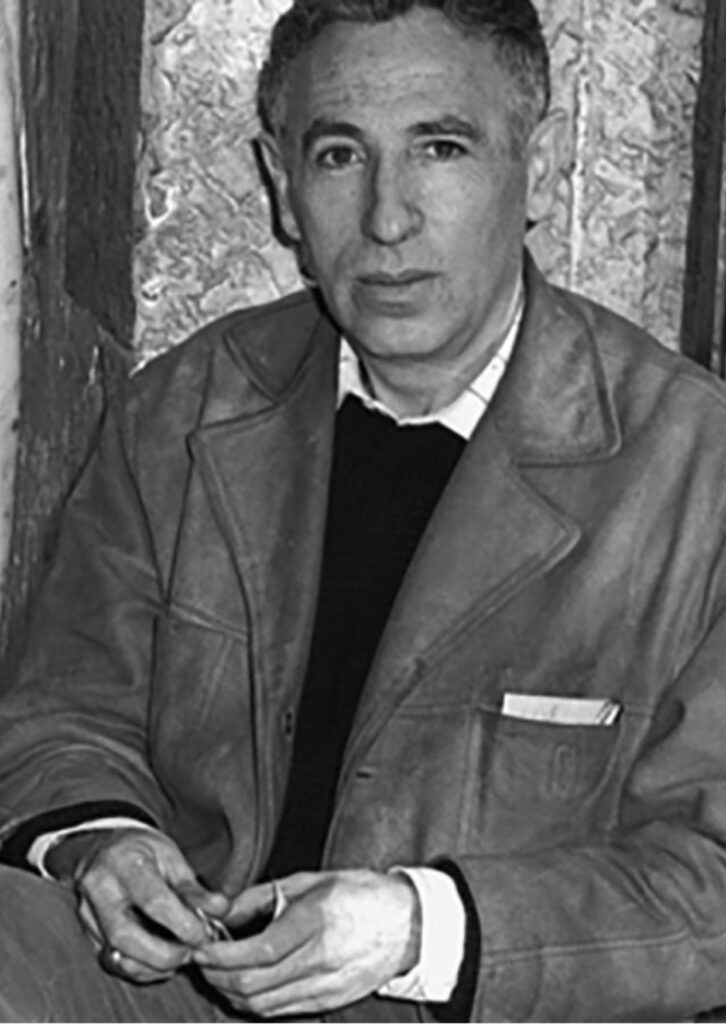
ANDY WARHOL
Andy Warhol (Pittsburgh, 1928 – New York, 1987) was an emblematic figure in American painting, the father of Pop Art. Painter, sculptor, photographer, filmmaker and band producer changed the very idea of the artist, who for the first time became an entrepreneur himself. Shy and haunted by the idea of deeming himself ugly, Warhol was endowed with uncommon communication skills and keen powers of observation, all skills that enabled him to transform his life and build an image as a “star” before he was an artist. His artistic vocation was born as a child when, following a serious illness, his mother gave him the necessities for drawing. He began working in New York as an advertising graphic designer at some magazines such as Vogue, Harper’s Bazar and Glamour. It was from the world of advertising communication that he landed in art, elaborating an impersonal language aimed at making a type of art that was an “objective” record of reality to this end, as well as to initiate a serial production of his works ( seriality is one of the hallmarks of Andy Warhol’s art), the American artist used industrial production techniques such as screen printing on canvas (an artistic printing technique that uses a textile, steel or nylon support as a matrix). Warhol is also known for creating the Factory, a place where up-and-coming artists and superstars of the period converged, which also became famous for its avant-garde parties (in fact, it was said that a party without Andy Warhol was not really a party). Behind this “star,” however, lay a far more shy and elusive personality.
On one side was the man and the artist wearing a mask to keep a proper distance from the world, and on the other side was the man and his weaknesses. The main feature of Andy Warhol’s works, which made him famous, was the seriality with which he depicted objects and people that became the icons of the American way of life. The artist posed toward the world as a machine that coldly and impersonally records the reality around him, so the best way to express this artistically was to use the silkscreen technique, the only one that allowed him the effects of objectivity, since the “artist’s touch” was not necessary. He used mechanical systems (the machine cannot lie) to recapture the mechanicalness and seriality of all 20th-century living. Andy Warhol is an exemplary case for understanding what happened in the 1960s, and to do so, as the artist himself stated, one need only look at the surface of his works. In reality, it was not a true portrait, but rather a reproduction of his public image, the one disseminated by the mass media to please admirers. What interested Warhol was the way communication was transformed, and the artist himself never took an ethical stance: in fact, what he thought about in private is not known (indeed, Warhol was one of the most ambiguous artists in art history). He painted, as he had to say in an interview, “what you see every day” but also what the person or thing, becomes the object of collective adoration.
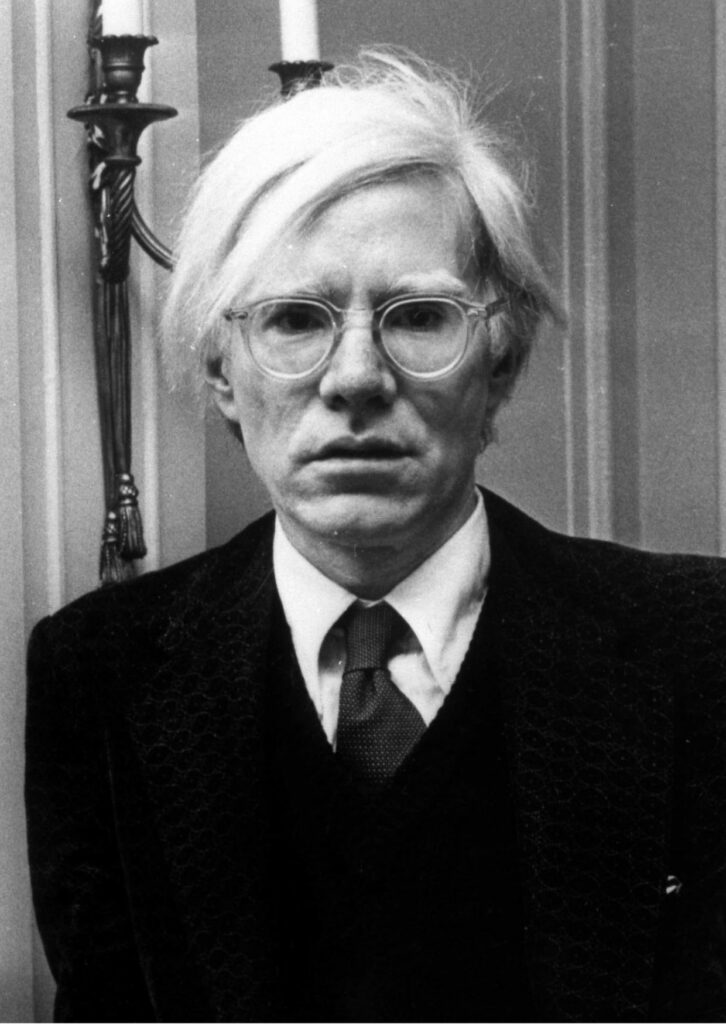
Superstudio
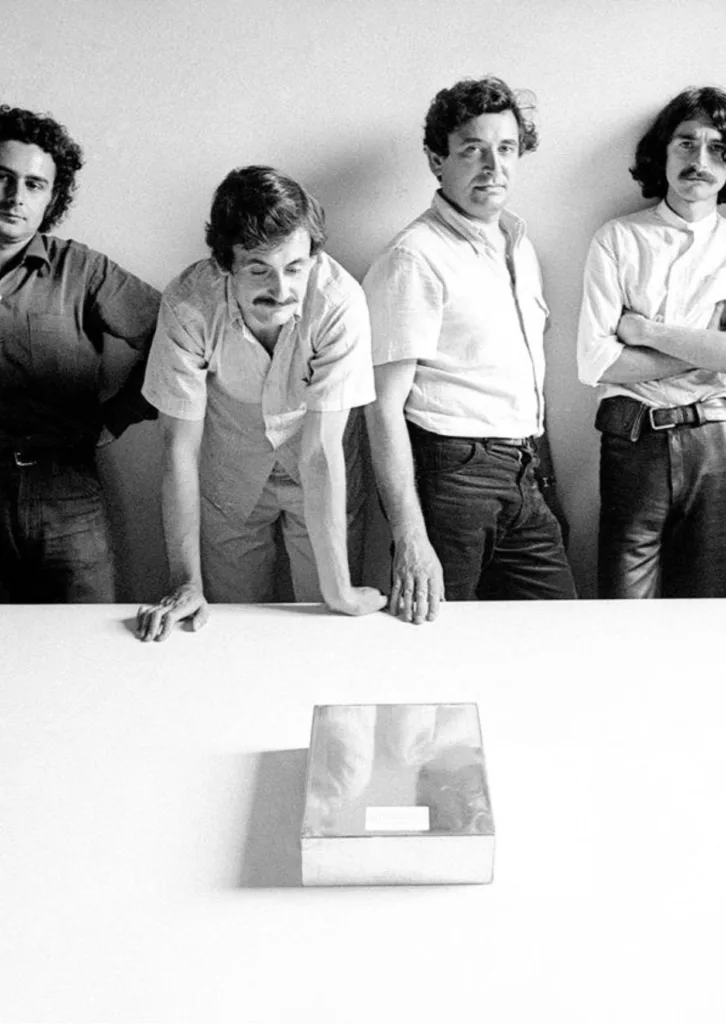
Antoni Tàpies
Born in Barcelona in 1923. He was a Spanish painter, sculptor and art historian, among the most significant exponents of the Catalan artistic movement closest to the research of international informal art. Having enrolled in the faculty of law at the University of Barcelona, Tapies left his studies to dedicate himself entirely to self-taught art. Although his early works show the influences of surrealism, Tàpies quickly turns towards Informal research using recycled or waste materials, ropes, paper or marble dust. In 1948 he exhibited his works for the first time at the 1st October Salon in Barcelona. Thanks to a scholarship from the French Institute he went to Paris where he met Picasso. In 1950 he was selected to represent Spain at the Venice Biennale, where he would be invited again over the years in 1960 he participated in the New Spanish Painting and Sculpture exhibition at the MOMA in NY. Tapies develops an abstract style full of symbolism, giving great importance to the material support which in his works transcends its own state to tell a profound analysis of the human condition.
In the 1970s his work acquired a greater political tone, of Catalan claim and opposition to the Franco regime, usually with words and signs on the paintings. Since 1990, the Fundació Antoni Tàpies in Barcelona has opened its doors to the public, a place dedicated to contemporary art which today collects the artist’s work. During his career, Tapies was awarded some of the most prestigious awards and exhibited in the most important museums around the world. Matter, at the centre of the artist’s research, becomes for Tapies a strong means of expression of reality, of the weight of existing, of a consummated experience whose fragments are found in the work.
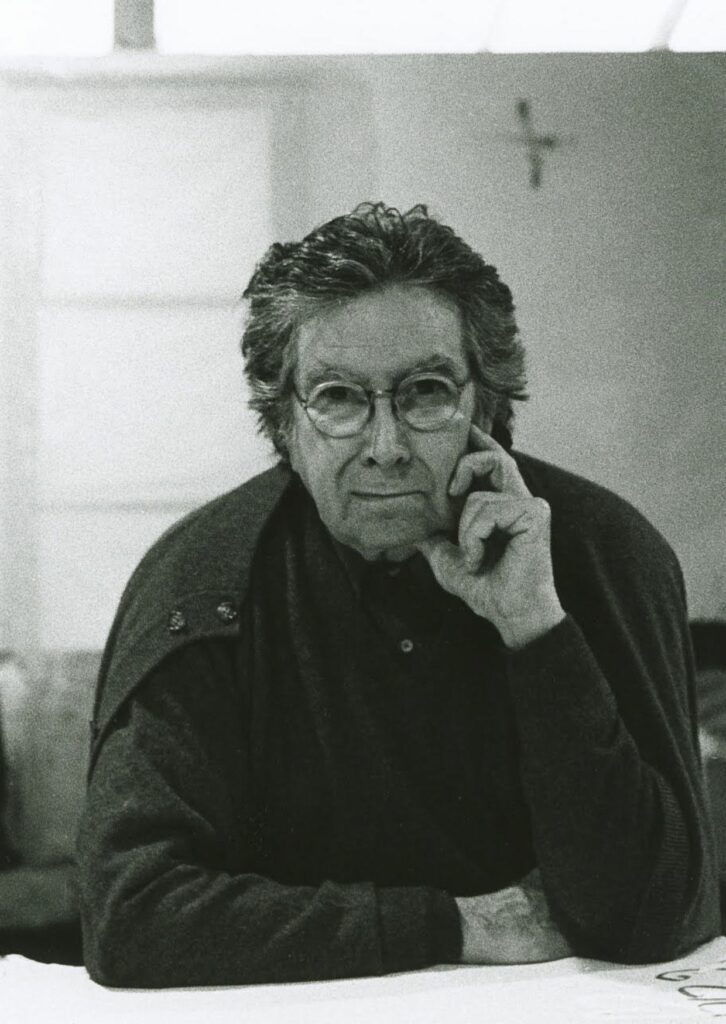
ARMAND PIERRE FERNANDEZ
He was born in Nice on November 17, 1928. He majored in philosophy and mathematics, enrolled at the École National des Arts Décoratif in Nice in 1946, and in 1949 moved to Paris to study archaeology and oriental art at the École du Louvre. Returning to Nice in 1953, he began working abstractly and collaborated with Yves Klein. The following year he was impressed by the works of Kurt Schwitters on display in Paris and, making use of office stamps, produced his first Cachets, exhibited in 1956 at his first solo show at the Galerie du Haut-Pavé in Paris. In 1958 a typo on the cover of a catalog convinced him to omit the final “d” of his name. From the same year are the Allures d’objets, imprints on paper of objects bathed in oil paint, followed in 1959 by his first sculptures: the Accumulations, accumulations of identical everyday objects, and the Poubelles, miscellaneous scraps placed in a transparent container. In 1960 he signed the manifesto of Nouveau Réalisme, subsequently participating in the group’s various events the following year he went to New York for the first time, where he held a solo show at the Cordier-Warren Gallery and participated in the exhibition “The Art of Assemblage” at the Museum of Modern Art.
In the 1960s he continued his artistic research by making Coupes, cut or sawn objects; Colères, broken or damaged objects; Combustions, objects subjected to burning; and Inclusions, accumulations of objects immersed in transparent polyester resin. He has since exhibited at the Stedelijk Museum in Amsterdam in 1964 and at the Venice Biennale in 1968. In the 1970s he made accumulations using concrete or pieces of cars supplied by the car manufacturer Renault. In the two decades that followed he worked with different techniques and materials, producing major public commissions such as the bronze monument A la République (1984), at the Palais de l’Elysée in Paris, or the monumental Espoir de Paix (1995) in Beirut, an accumulation of tanks and concrete. In the late 1990s Arman radicalized his artistic research and in parallel made large-format etchings and drawings, also collaborating with poets and writers. Numerous exhibitions were devoted to his work until his death, which occurred in New York on October 22, 2005.
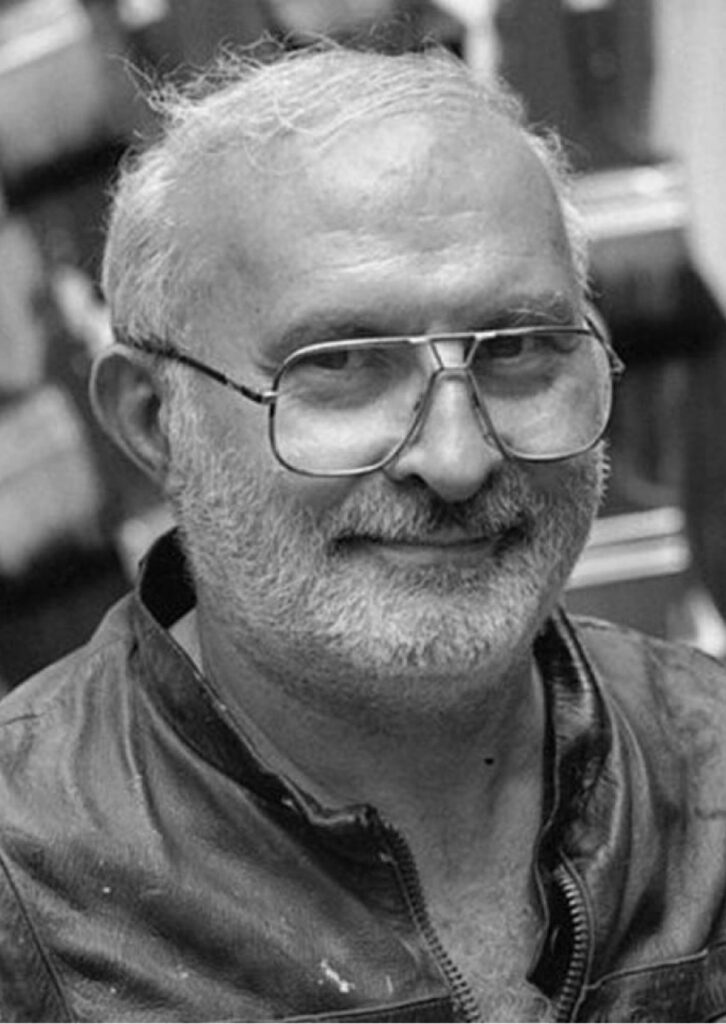
ARNALDO POMODORO
Born in Montefeltro in 1926, he spent his childhood and education in Pesaro. Since 1954 he has lived and worked in Milan. His works from the 1950s are high reliefs where a very singular “writing” unpublished in sculpture emerges, which is interpreted variously by the major critics. In the early Sixties he tackled three- dimensionality and developed research on the forms of solid geometry: spheres, disks, pyramids, cones, columns, cubes – in polished bronze – were torn, corroded, dug into their depths, with the intent of breaking their perfection and discover the mystery contained within it. The formal contrast between the smooth perfection of the geometric shape and the chaotic complexity of the interior will from now on be a constant in Pomodoro’s production. In 1966 he was commissioned to create a sphere three and a half meters in diameter for the Montreal Expo, now in Rome in front of the Farnesina.
It was the transition to large dimensions this is the first of the artist’s numerous works which have found placement in public spaces of great beauty and symbolic importance: in the squares of many cities (Milan, Copenhagen, Brisbane, Los Angeles, Darmstadt), in front of the University’s Trinity College in Dublin, at Mills College in California, in the Pinecone Courtyard of the Vatican Museums, in front of the United Nations in New York, in the Paris headquarters of UNESCO, in the sculpture parks of Pepsi Cola in Purchase and the Storm King Art Center in Mountainville, not far from New York City. He has received many prizes and important recognitions: the Sculpture Awards at the São Paulo (1963) and Venice (1964) Biennials; the 1990 Praemium Imperiale for Sculpture from the Japan Art Association and the Lifetime Achievement in Contemporary Sculpture Award from the International Sculpture Center of San Francisco (2008). In 1992 the Trinity College of the University of Dublin awarded him an honorary degree in Letters and in 2001 the University of Ancona one in Building Engineering and Architecture.
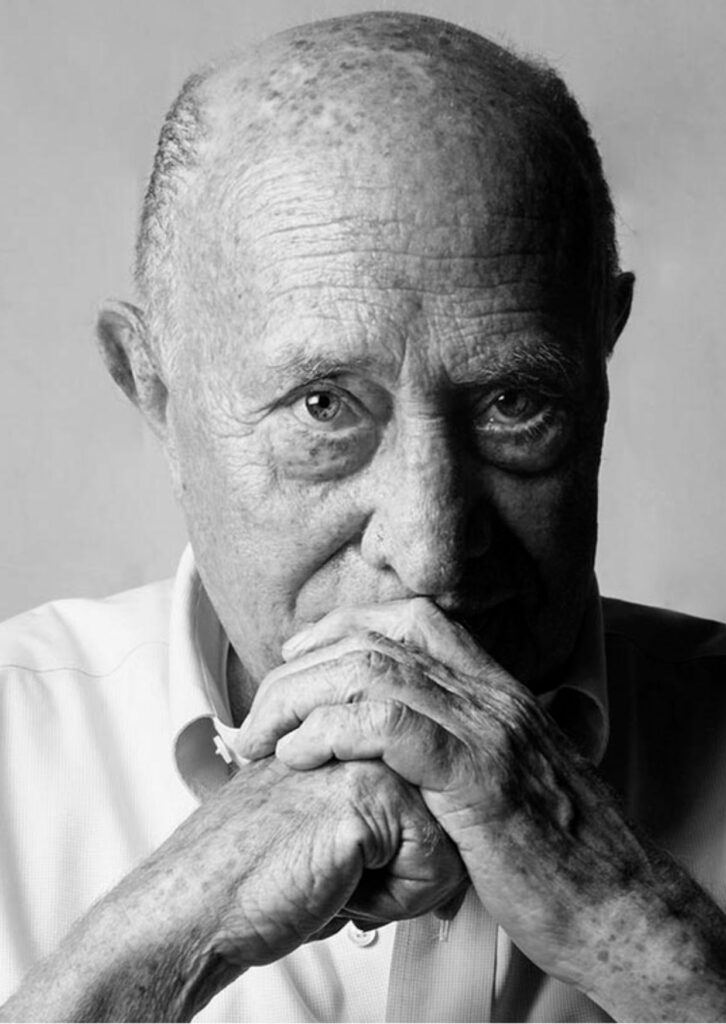
César Baldaccini
Born in Marseille on January 1, 1921 to Italian parents. Studied at the École des Beaux-Arts in Marseille from 1935 to 1939 and later at the École des Beaux-Arts in Paris. He settled permanently in Paris in 1943, moving above Alberto Giacometti’s studio, where he met Jean Cocteau, Pablo Picasso, and Jean Paul Sartre. In 1952 he began making sculptures by welding together scrap iron, becoming known for his massive sculptures representing insects, various types of animals, nudes, etc. His first major solo exhibition was held in Paris, at the Salon de Mai, in 1955. It was so successful that all the works in the exhibition sold out in a short time, and the artist was invited to participate in the 1957 Venice Biennale. In 1960 he created the first “compression,” achieved by precisely compressing scrap cars until they became compact packages.
In the same year César joined the Nouveaux Réalistes group, which included Arman, Yves Klein, Martial Raysse, Jean Tinguely, Pierre Restany and others In 1965 he began working with plastic, first with plastic molds of human footprints and from 1966 onward pouring expanded polyurethane, which he allowed time to expand and solidify. As early as 1966 César renounced welded metal sculpture and began working with expandable plastics. From 1967 to 1970 he organized a series of events in which he produced expansions in the presence of the public. His later works also include sculptures in fused crystal. In 1982 retrospectives of his works are organized by the Musée d’Art Moderne in Liège, the Espace Niçois d’Art et de Culture in Nice, the Seibu Foundation, and the Ottara Museum in Japan. In 1995 he participated in the Venice Biennale. César died in Paris on December 6, 1998.
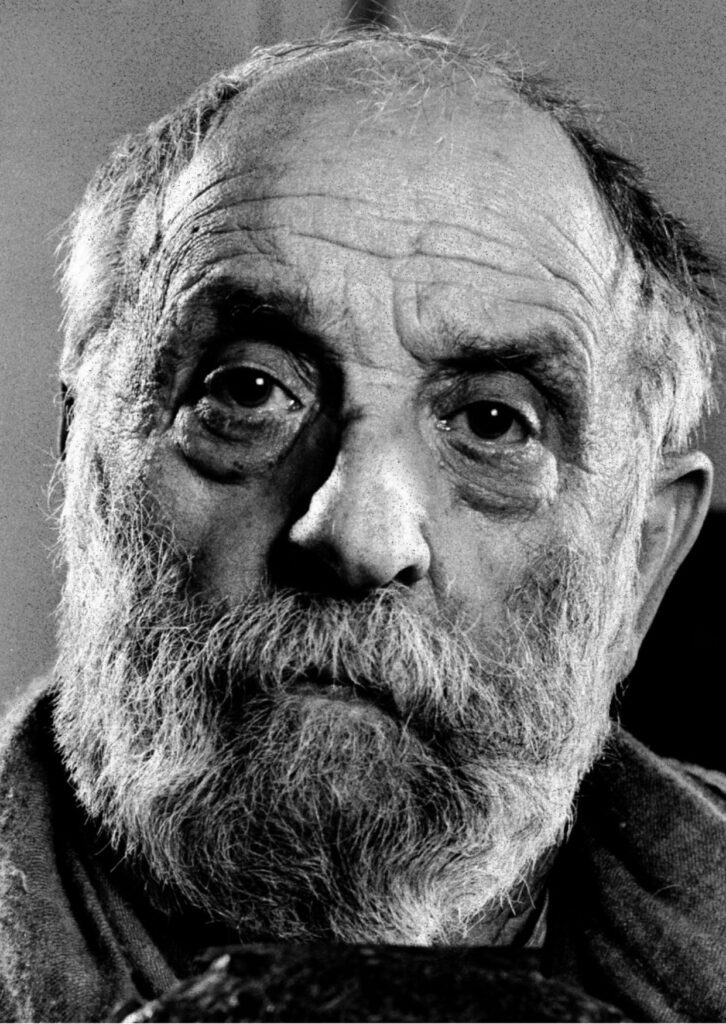
Claudio Parmiggiani
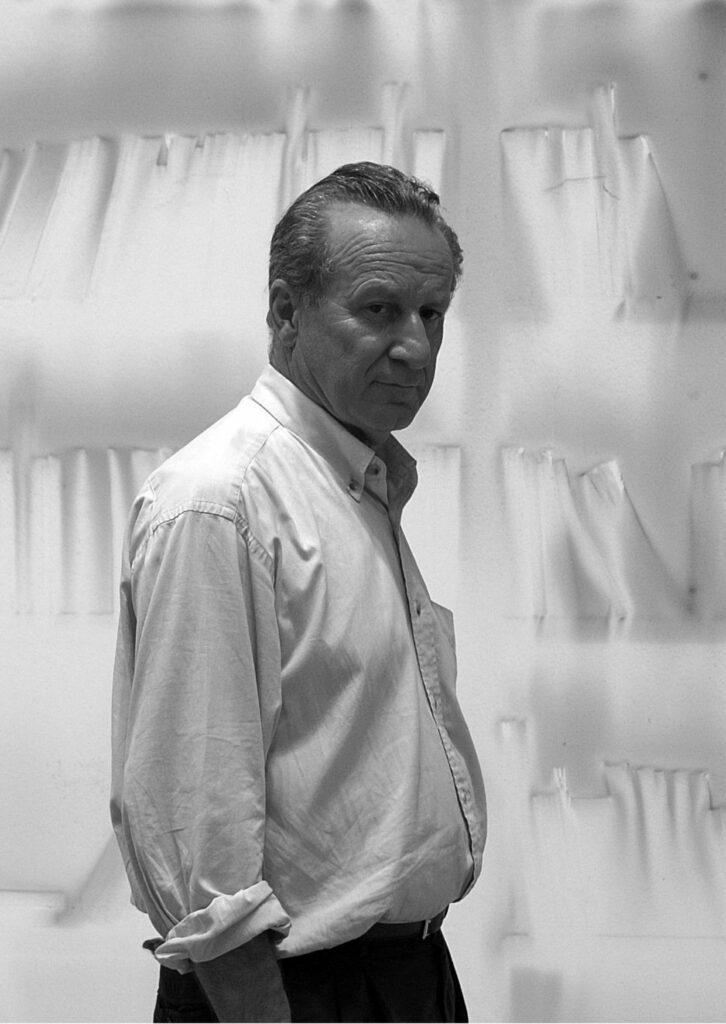
EMILIO SCANAVINO
He was born in Genoa on February 28, 1922. Graduated from art high school and, at the end of World War II, began working for the City of Genoa as a technical draftsman until 1950 when, after his success at the 25th Venice Biennale, he decided to devote himself solely to his art. In his early works, the expressionist appeal is evident, which will fade after his stay in Paris in 1947.Scanavino’s painting from this period will be marked by many affinities with the post-Cubist style. After a stay in London in 1951, the painter moved toward a more geometric and less figurative composition. Typical of this period are subjects related to religious life, the result of reflection on his mother’s strong Catholic faith and his father’s theosophy, which had always influenced him. During these years the painter came into contact with the leaders of Spatialism such as Fontana, Dova and Crippa; of the Nuclear movement such as Baj and Dangeloe; and of the Cobra group such as Corneille and Jorn.
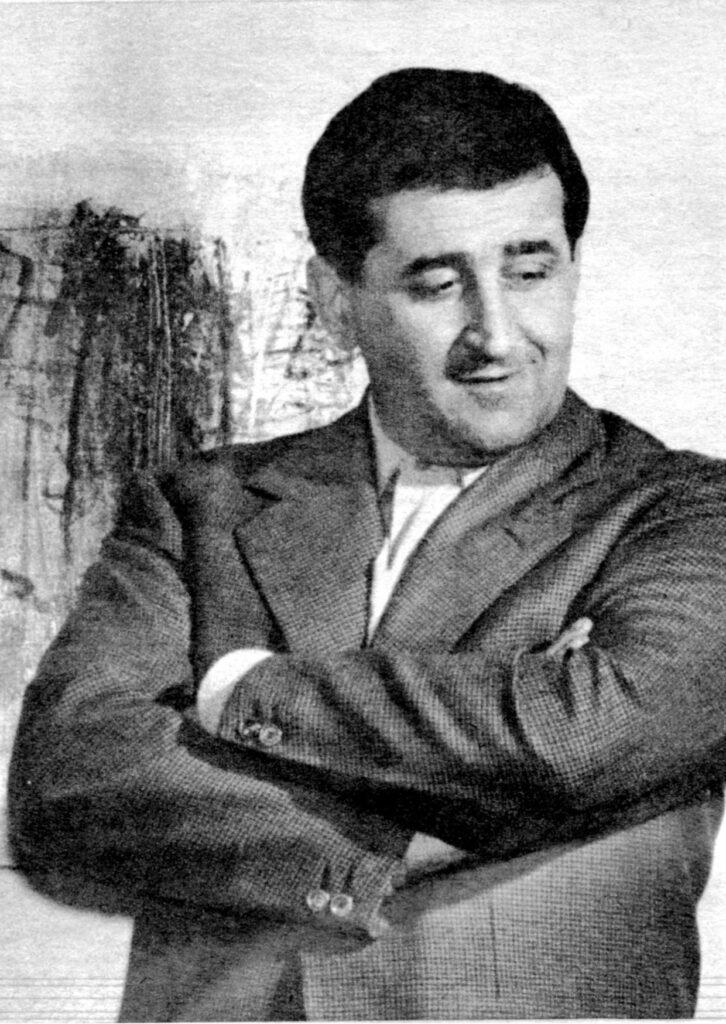
Emilio Tadini
Was born in Milan on 5 June 1927. Tadini’s artistic career developed on different levels, and he can be considered in all respects an all-round intellectual; he was a poet, journalist and writer of essays, in addition to the success and recognition he obtained as a painter. Tadini’s pictorial style is influenced by both English Pop Art and the early Surrealism of Salvador Dalì and Giorgio De Chirico, creating works that remain suspended halfway between the dream world and the real one. The imagery and figures of his paintings are historical figures, philosophers, circus performers and fairy tale characters transfigured by his imagination, through the use of lively and brilliant colours. In 2001 the city of Milan paid homage to him with an anthological exhibition “Emilio Tadini: Works 1959/2000”, at Palazzo Reale. During his long and brilliant artistic career, Tadini exhibited his works in the most important Italian art museums, with important international exhibitions. He was invited twice to the Venice Art Biennale in the ’78-’82 editions. From 1997 to 2000 he was president of the Brera Academy of Fine Arts. He died in Milan in 2002.
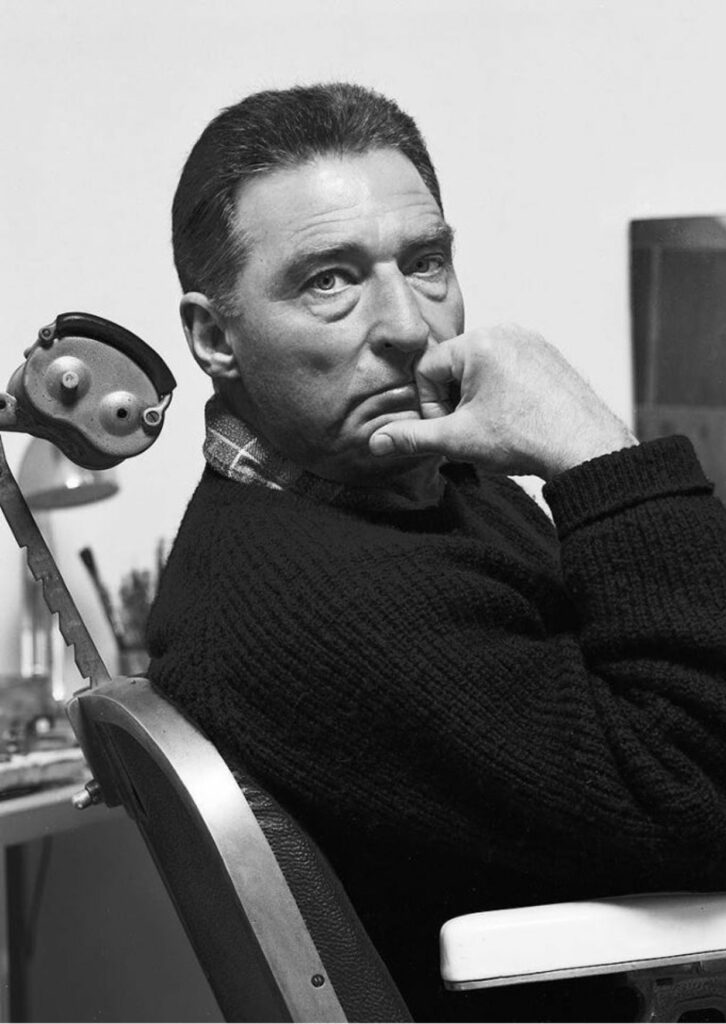
ENRICO BAJ
Enrico Baj was born in Milan on October 31, 1924. After completing his studies at the Brera Academy, in 1951 he promoted, together with Sergio Dangelo and Gianni Dova, the Nuclear Art Movement and held his first solo exhibition in his hometown at the San Fedele Gallery. In 1953 he met Asger Jorn, with whom he founded the International Movement for an Imaginist Bauhaus, taking a stand against the forced rationalization and geometrization of art. The following year he organized the International Meetings of Ceramics in Albisola, Liguria. In his artistic research, which is expressed through polymeric and polychromatic collages, one can distinguish on the one hand a playful strand, where the pleasure of painting with all sorts of materials prevails, and on the other a strong civil commitment and critique of contemporaneity, which is expressed in the Generals and Military Parades of the 1960s, and even more so in the works of the 1970s, such as I funeral dell’anarchico Pinelli (1972) and Apocalisse (1979).
In the 1980s, temporarily abandoning college, he made the series Metamorphoses and Metaphors (1988), in which he developed a figuration of the imaginary and the fantastic. In 1993 he began the cycle of Tribal Masks, assemblages made from the discards of modern civilization to create ironic and colorful masks, which were followed by Felts (1993-98) and Totems (1997). The artist’s relationships with Italian and foreign poets and literati are numerous, leading to various collaborations and the creation of several artist books, accompanied by original prints or multiples. In 1999 Baj once again reaffirmed his strong ties with literature by producing a series of 164 portraits inspired by Marcel Proust’s Guermantes. There are also many collaborations with other artists, including Lucio Fontana and Piero Manzoni. In 2001 he began a cycle of works dedicated to the stories of Gilgamesh, king of the Sumerians. Baj died in Vergiate (Varese) on June 16, 2003.
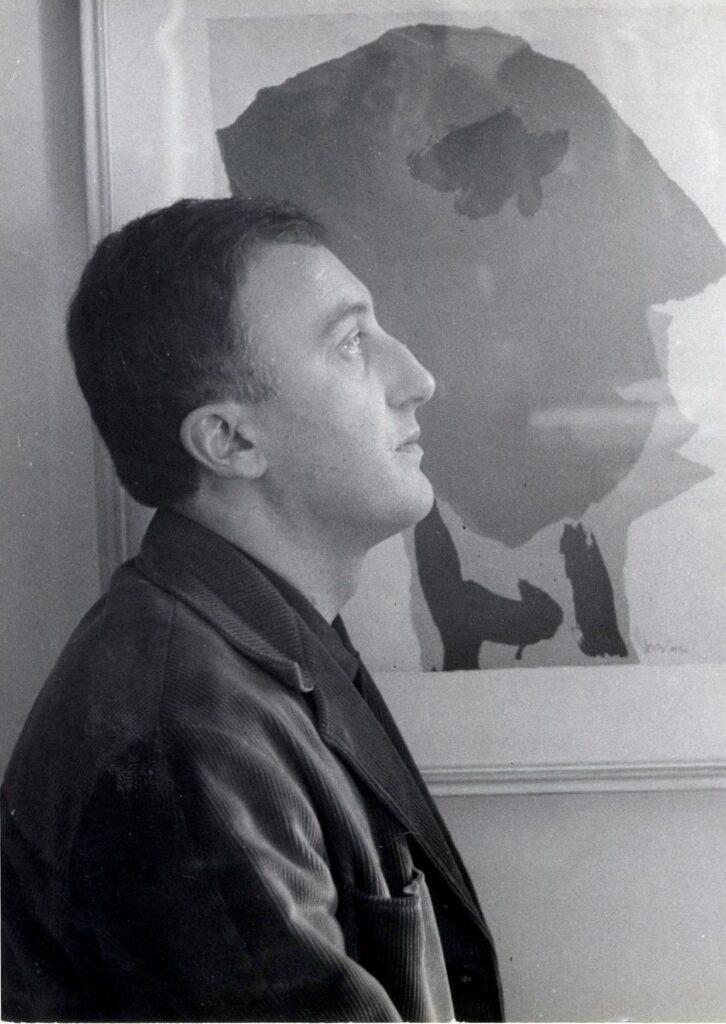
ENZO FACCIOLO
Enzo Facciolo (Milan, 2 October 1931) is an Italian cartoonist and illustrator. After attending the School of Art at the Castello Sforzesco, he founded an animation studio without having practically any experience in the field and then shortly thereafter began collaborating in 1954 with the Pagot brothers and Pagot Film, producing commercials and short films. In 1959 he made his comics debut by writing and drawing the Clint Due Colpi series for Edizioni Domai. His name has been linked to the character of Diabolik since 1963, when, thanks to the experience gained in the field of animation, he began his professional collaboration with the Astorina house and the Giussani sisters, with the task of standardizing the drawings of the series to Diabolik comics. It was in that same year that he redefined the graphic characterization of the main characters compared to previous versions at the request of the two authors Again at the request of the Giussani sisters, he was inspired by the actor Robert Taylor to improve his graphic characterization, creating the iconic look of the protagonist, characterizing his typical movements and facial expressions as well as defining his costume and the characteristic mask in place of the shapeless hood of the beginnings; this characterization became the point of reference for other designers.
He will also feature supporting characters, such as Inspector Ginko, and Eva Kant, as well as Altea di Vallemberg; for the latter, he was inspired by the French model Capucine, very famous at the time. For the series, he will draw both stories and covers. In his long collaboration with the magazine, he created both the pencil drawings and the ink inking, creating over two hundred episodes. In 1979, to dedicate himself to advertising graphics, he interrupted his collaboration with the Astorina publishing house to go to New York where he became a partner in an advertising agency and opened an Italian branch, initially named “Ronne Bonder Studio” which later became ” Half”. In the following years, he worked for Italian advertising agencies, creating campaigns as a graphic designer for Ferrarelle, Collistar, Alitalia, Fernet Branca, and many others. He returned to the Astorina publishing house in 1998. He still draws many of the King of Terror’s stories. Since 2009 he has collaborated with the Spazio Papel art gallery creating unpublished images of Diabolik and Eva Kant. Every year a personal exhibition of original drawings is organized and Edizioni Papel create a folder of images with the authorization of the Astorina Publishing House.
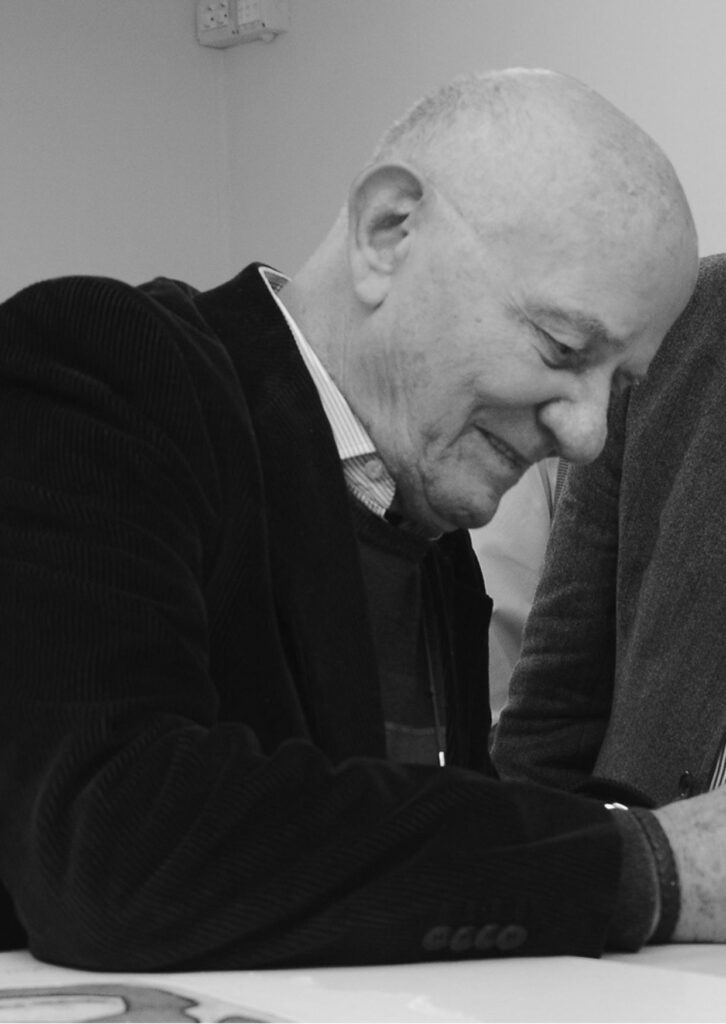
FAUSTO MELOTTI
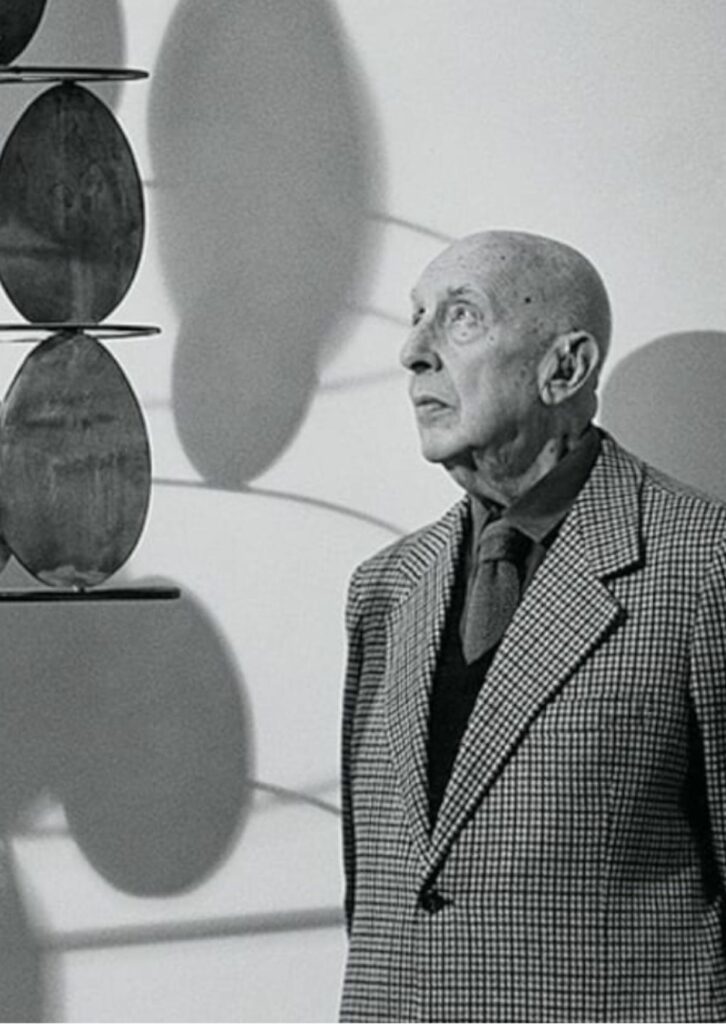
FRANÇOIS MORELLET
Born on April 30, 1926, he is considered the greatest precursor of minimalism in Europe and one of the greatest masters of geometric abstraction. In 1937, the family moved to Paris. Morellet began to paint in the full sense of the term in 1946, but it was in the 1950s that, influenced by the neoplasticism of Mondrian and Van Doesburg, he proceeded towards a radical formal and chromatic reduction in a mix of chance and reason. Morellet understands painting as capable of expressing itself in a simple and geometric language built on simple forms. He, therefore, prefers squares, triangles and lines, and uses a limited range of colours. The turning point was 1951. Thanks to some trips, the first of which to Sao Paulo, Brazil, where he met the artist Max Bill, and then to Spain, where he could admire the Alhambra in Granada – a complex of architectural palaces of Islamic origin which left Morellet fascinated both from the point of view of the architectural structure and the geometric rigour – the painter’s artistic career records the definitive turn towards abstraction and geometrism. Between 1960 and 1970 he therefore produced the so-called “Random Distributions” and the “Repartition alle toires the artist begins to create the first ‘frames’, that is, networks of parallel lines superimposed in a precise order. Furthermore, determined to find a new means of expression, Morellet began to use neon in his works. In 1972 he participated in the Venice Biennale and began to exhibit his retrospectives throughout Europe, until 1980 when he also exhibited in the United States.
He created several exhibitions in recent years, at the Kunstmuseum in Bochum and Düsseldorf in 1972, at the National galerie in Berlin and the Musée d’art moderne in Paris five years later. Between 1970 and 1980, he established and trained a new group of artists under the acronym GRAV (Groppe de Ricerche d’Art Visuelle), with the aim of creating an experimental art based on the scientific knowledge of visual perception. A new period begins for him in which the artist seeks a strong interaction with the space that surrounds him. Between the 80s and 90s, he produced several works including “Disfigurements”, “Declinations de pi Greco” and “Geometrees”. He created new exhibitions, at the Albright-Knox Art Gallery in Buffalo, the Musée d’art contemporain in Montreal and The Brooklyn Museum in New York, in 1984, and at the Center Georges Pompidou and the Stedelijk Museum in Amsterdam two years later late. Among his permanent installations, we remember the square of Grenoble, created in 1988, the Musée des Beaux-Arts of Grenoble, of 1991, the Kunstmuseum of Bonn, year 1997, the Geneva Tunnel in the following year and again, the building of the Daimler-Crysler, on the Potsdamer Platz in Berlin, created by Renzo Piano, the intervention in the Obayashi Corporation building in Tokyo and the Bahnhof Ost in Basel in 1999. In the 2000s it was exhibited at the Galerie Nationale du Jeu de Paume in Paris, the Museum Würth in Kunzelsau and the Haus für Konstruktiv in Zurich. One of his last works dates back to 2010, “The Spirit of Stairs” commissioned by the Louvre.
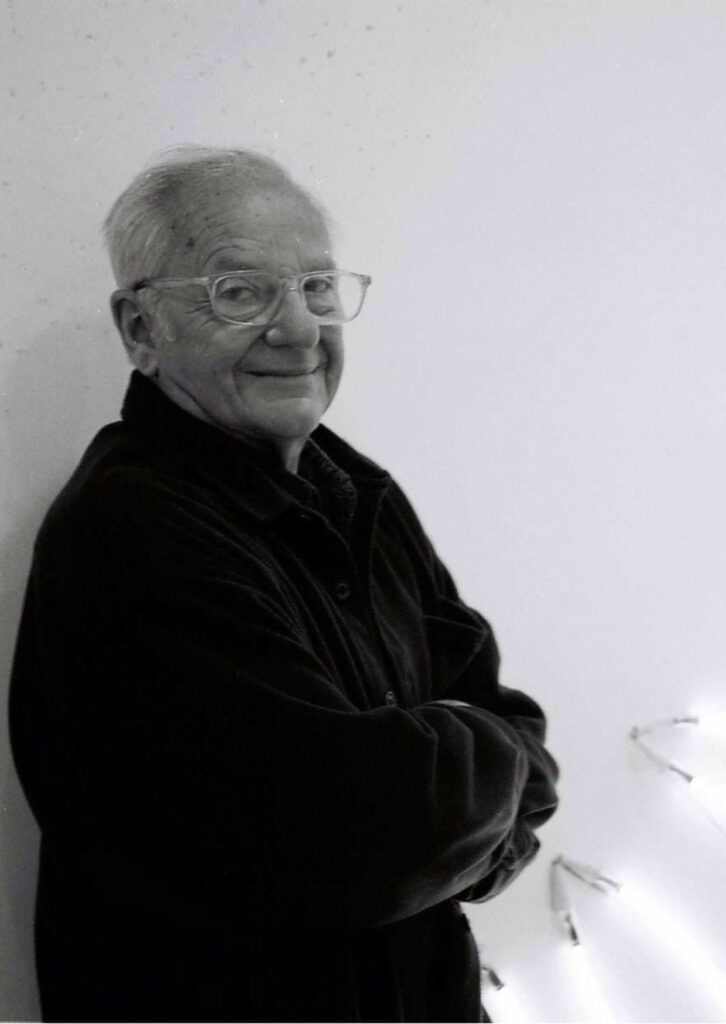
GIORGIO DE CHIRICO
Giorgio de Chirico was born in Greece, in Volos (in the region of Thessaly). However, the city to which De Chirico was probably closest was Ferrara: the artist moved to the Emilian city after the beginning of World War I. Intent on renewing Italian art by opening it to the experiences that were forming in early 20th century Europe, a great many Italian artists at the turn of the century chose to leave Italy for some time to seek new insights elsewhere. Among these “cosmopolitan” artists can also be counted Giorgio de Chirico (Volos, 1888 – Rome, 1978), who stayed in Paris between 1911 and 1915 just as the French capital was also the… European art capital. De Chirico was also strong in open Mediterranean culture, which he had also acquired through his birth (the artist was born and lived for a long time in Greece), and by staying in Munich he had moreover come into contact with German art. From these experiences, De Chirico matured the need to develop a new language, which proved to be among the most original and also among the most enigmatic of the twentieth century De Chirico is considered the father of metaphysical painting, which was bom as a reaction to the Cubist and Futurist avant-gardes and posed as one of the most innovative experiences of the first part of the century. De Chirico today is best known for the works he created in the early part of his career: he was a very long-lived artist (he lived to be ninety), but it is mainly the works of the 1910s, 1920s and 1930s that have entered the collective imagination.
Works that appear as if suspended, traversed by visions on which mysterious symbols and elusive characters move, dreamlike images and complex allegories that can be read only if one keeps in mind the composite and heterogeneous culture that nourished the imagination of Giorgio de Chirico, who was moreover always close to the literary circles of his time (two great literary figures such as Guillaume Apollinaire and Jean Cocteau held De Chirico in high esteem). Nicknamed Pictor Optimus because of his crystalline technique (the Latin, on the other hand, is a tribute to his profound classical culture, which the artist had also acquired by his training in Greece), Giorgio de Chirico was an artist who spanned the entire twentieth century, experiencing different phases: a debut under the banner of German culture with Böcklinesque works, the first metaphysical season of the 1910s, the 1920s with the works of the “classical” period, then again the second metaphysical season between the 1920s and the 1930s coinciding with his second stay in Paris, to arrive at the themes of tradition tackled until the 1950s and end his career with a return to metaphysics (so much to speak of “neo-metaphysics”). “De Chirico,” reads the introduction to the exhibition that Palazzo Blu in Pisa has dedicated to him from Nov. 7, 2020, to May 9, 2021, “imagines views of ancient cities that are superimposed on visions of modern cities taken from places of lived life, first Volos and Athens, then Munich, Milan, Florence, Turin, Paris, Ferrara, New York, Venice, Rome. These are places where the public space uninhabited by man is populated by objects (fragments, ruins, arches, arcades, street corners, walls, buildings, towers, chimneys, trains, statues, and mannequins) that estranged from their usual context emerge with all their iconic force becoming unreal, mysterious, enigmatic.
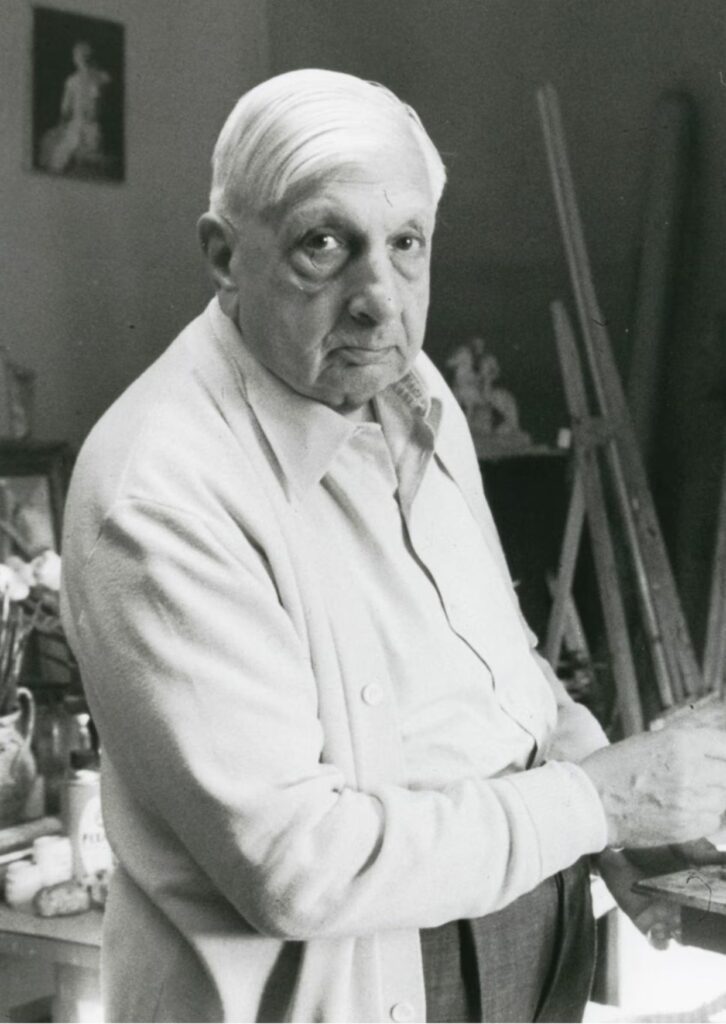
GIULIO PAOLINI
Born in Genoa in 1940, Giulio Paolini is one of Italy’s best-known and internationally established artists. His research, ascribable to conceptual art, has always been characterized by reflection on the complex relationships between artwork and viewer in a refined play of references rich in quotations. The analysis of the action of seeing, and observing, suggests the creation of a linguistic structure between artist and observer that is recreated whenever the latter places himself in front of the work of art.Giulio Paolini speaks through his works. He reflects, narrates and analyzes himself on the walls, glimpses himself in the perspectives of his paintings, mirrors himself in the sets of his installations, lives in the allusions of his quotations, and defines himself without contradiction in the entire body of his works. From the very beginning, his investigation is concerned with the structure of vision, and his research is oriented on the analysis of the constituent foundations of artistic creation. The works in the collection trace a path in his expressive language, which, while not intended to be exhaustive, offers itself as an interpretation of the problematic fields opened by his reflections and identifies the absolute identity between author and work as the foundation of his artistic magisterium.
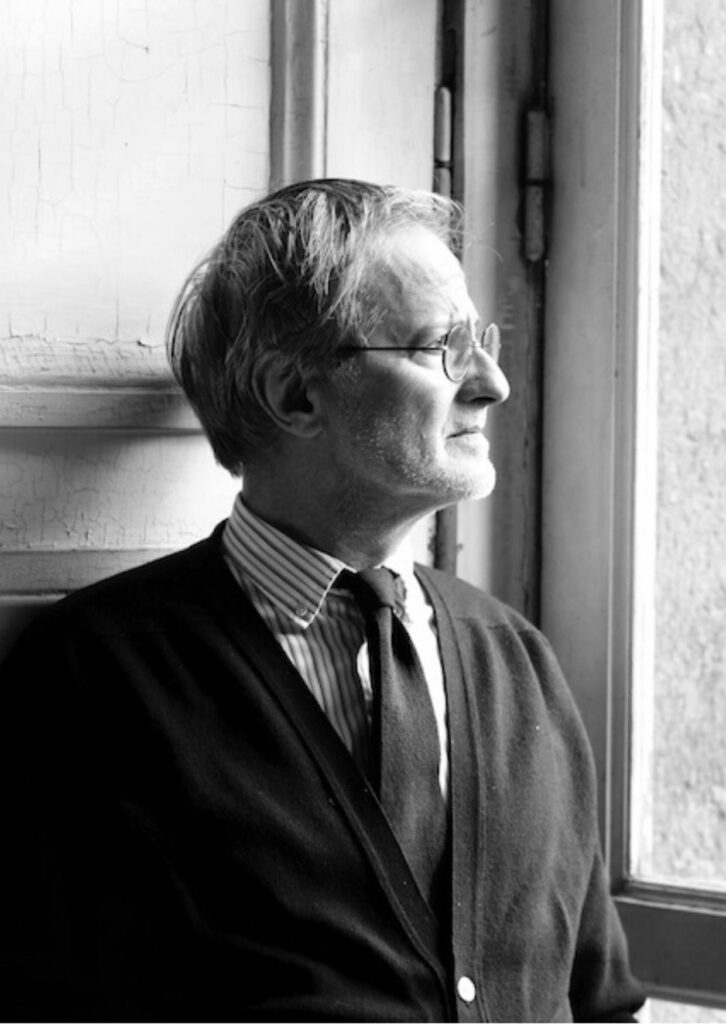
GIUSEPPE CHIARI
All graphics have signature, edition and year in pencil at the bottom. Stamp Francesco Conz, Verona. slight defects. Technique: Lithographs Year 1972.
Born in Florence in 1926, he divided his time between university studies dedicated to mathematics and engineering and the study of piano and music. Fascinated by the research of the composer and music theorist John Cage, he dedicated himself to experimental music research. Very important for the artist was the comparison with the visual poetry research of the “70 groups” and the experiments of the international artistic movement “Fluxus”, founded in turn by the critic and musicologist George Maciunas. His compositions included the use of traditional instruments, alongside the use of objects foreign to the world of music such as stones and water, and involved the insertion of short pieces into larger compositions, without a pre-established order. The visual compositions, on the other hand, included scores modified through the insertion of graphic representations or the insertion of parts extraneous to the staff such as photographs or written sheets.
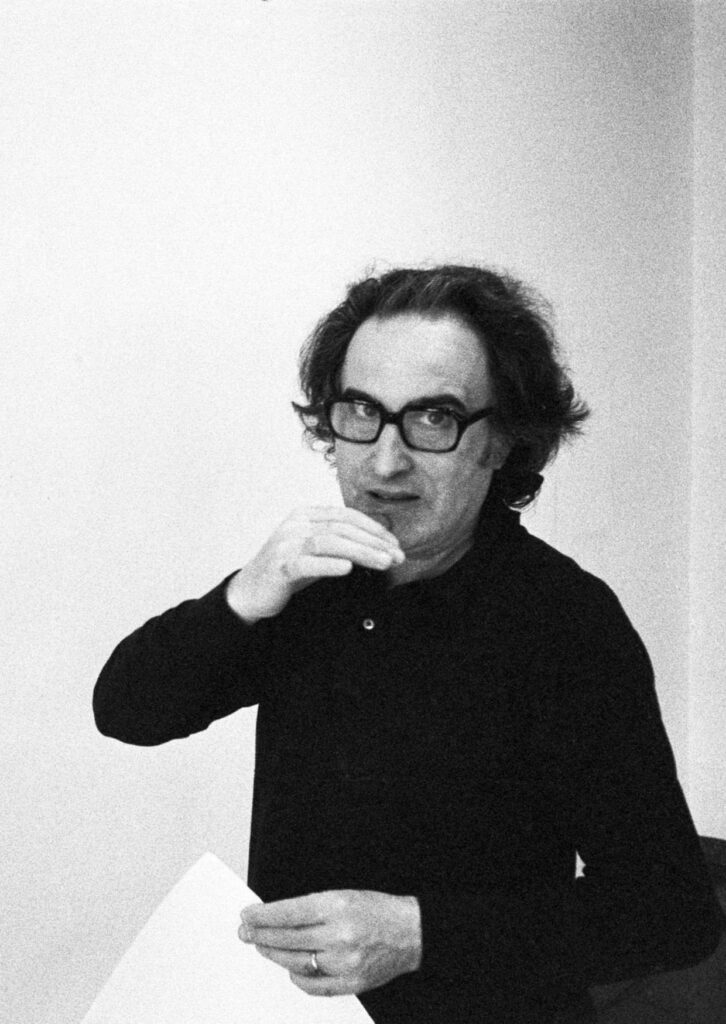
JOAN MIRÓ
He was born in Barcelona, Spain, on April 20, 1893. His father was a watchmaker and his mother is the daughter of a cabinetmaker originally from Mallorca. His artistic predisposition was manifested from the time he was still a child, thanks in part to the influence of his family. He held his first solo exhibition in 1918 at the Galeries Dalmau. In 1920 he moved to Paris, where he joined the artistic circle of Mont Martre painters to which Pablo Picasso and the Dadaist Tristan Tzara belonged. In 1923, with the painting “Plowed Land” in Montroig, he began his definitive approach to Surrealism. Through Pablo Picasso and Pierre Reverdy he comes into contact with the Surrealist movement and in particular with Masson. During this period Miró lives between Paris and the farm of Montroig, and, at the suggestion of the father of surrealism Breton, gives life to a painting devoid of perspective effect with forms in full freedom. He also begins to introduce titles in the paintings as in the famous painting “Nude” of 1926. Also in the same year he worked with Max Ernst on the sets and costumes for his “Romeo and Juliet.” In 1928 his ever-evolving artistic research led him to want to reinterpret the works of the great painters of the 16th century using the forms of advertising as well. He simultaneously produced works of deconstruction using collages. In 1927 he made his first poem painting that features direct inscription on the canvas of phrases of a poetic nature. During this period he used to spend winters in Paris and summers on the Montroig farm.
During his Surrealist period (1924-1930) he became convinced of the social role of art and its ability to reach the masses; that is why by exploiting his wit and a keen sense of humor he painted by affixing his poetic inscriptions to the canvas. From this period is the famous painting, “Harlequin’s Carnival.” In 1929 he married Pilar Juncosa in Palma de Mallorca: the two had a daughter, Maria Dolores. In the same years he continued his experimentation by producing lithographic works, etchings and sculptures. The civil war that had just broken out in Spain affects him deeply, so he tries to help his compatriots by raising funds to support the republic. In 1937 he also painted a large mural to draw attention to Spain in the Spanish pavilion at the International Exhibition in Paris. In 1954 he won the prize for graphic art at the Venice Biennale and in 1958 the Guggenheim International Prize. In the early 1960s he was greatly influenced by American painting, which led him toward an increasingly insistent abstractionism and a true domination of pure color. In 1972 he created the Joan Miró Foundation in Barcelona, devoting himself simultaneously to set design and sculpture. In the last period of his life he also devoted much time to ceramics, creating two works for theUnesco building in Paris: the Wall of the Moon and the Wall of the Sun. As he grew older, his artistic ideas became even more radical; he even devoted himself to real experiments in gas sculpture and four-dimensional painting. Joan Miró died in Palma de Mallorca on December 25, 1983, at the age of ninety.
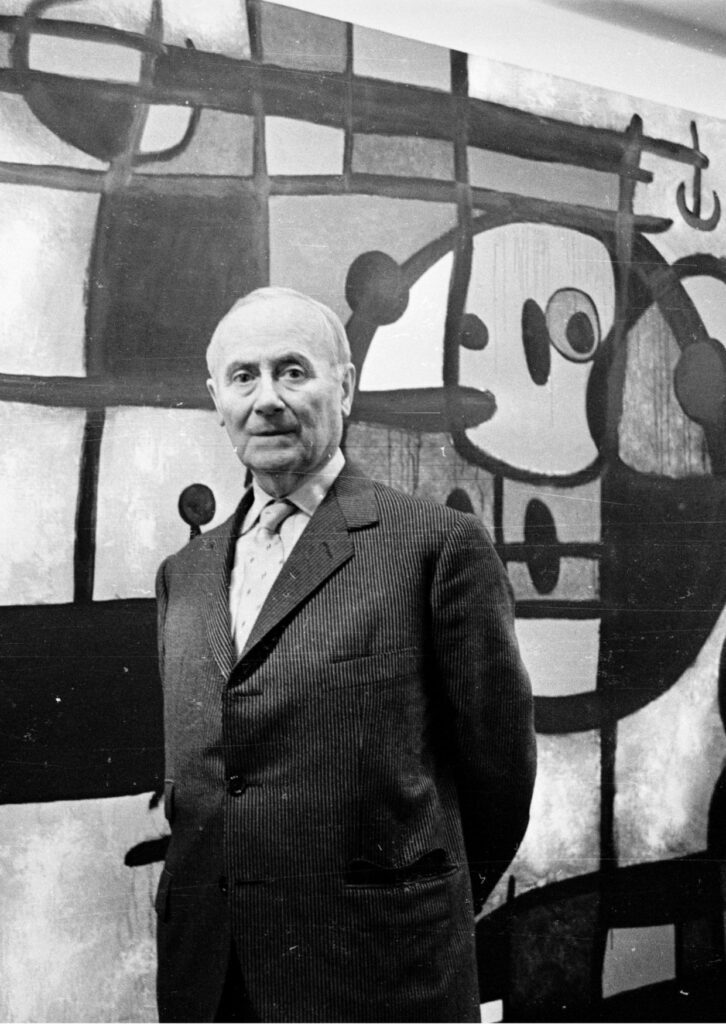
KEIZO MORISHITA
(Kitakyushu, Japan 4 February 1944 – Milan, 5 April 2003) was a Japanese painter active in Italy. Japanese by birth and Milanese by adoption, thanks to a scholarship he moved to Milan at the age of nineteen in 1963 to study at the Brera Academy, where he graduated in 1968 with Marino Marini and where he lived the rest of his life until his death, which occurred in 2003. Although Morishita specialized in sculpture, his preferred medium was painting. His mixed cultural identity, aimed at protecting his origins, even if combined with great intellectual curiosity, pushed him to explore strategies and procedures different from most of his fellow students and took him outside the domain in which he had already consolidated important and affirmed recognition from critics At the beginning of the 1960s, Morishita had direct contact with the Milanese avant-garde art scene, still linked to Spatialism. His works are characterized by dreamlike, fairy-tale geometrizations that are increasingly accentuated as the years pass, in contrast to the softer taste widespread in those years by poor and informal art.
On the one hand, all this refers to the need for order and rigour typical of Japanese culture (and often Morishita’s geometries are also evocative of Japanese views and landscapes), on the other it seems to derive from the impact on the artist of a certain Western culture, especially Max Ernst, Paul Klee and surrealism. In addition to being a painter, he was also an appreciated ceramist, having among other things created abstract-style vases and panels for the Studio Ernan factories in Albisola Superiore and San Giorgio di Albissola Marina. Morishita’s first exhibition was held in Padua in 1967 at the Galleria La Chiocciola. The anthology considered the most representative was held at the Galleria del Naviglio in Milan in 2000. Among the posthumous exhibitions, we remember the one in 2006 at Studio F.22 in Palazzolo sull’Oglio, the gallery with which Morishita worked since the 1980s. Many art critics and curators have written about his work, including Franco Russoli, Roberto Sanesi, Emilio Tadini, Valerio Adami, Ottavio Missoni, Milena Milani, Carlo Franza, Luigi Carluccio, Renzo Margonari, Walter Schönenberger, Taijin Tendo, Keiko Asako, Tani Arata and Rolly Marchi.
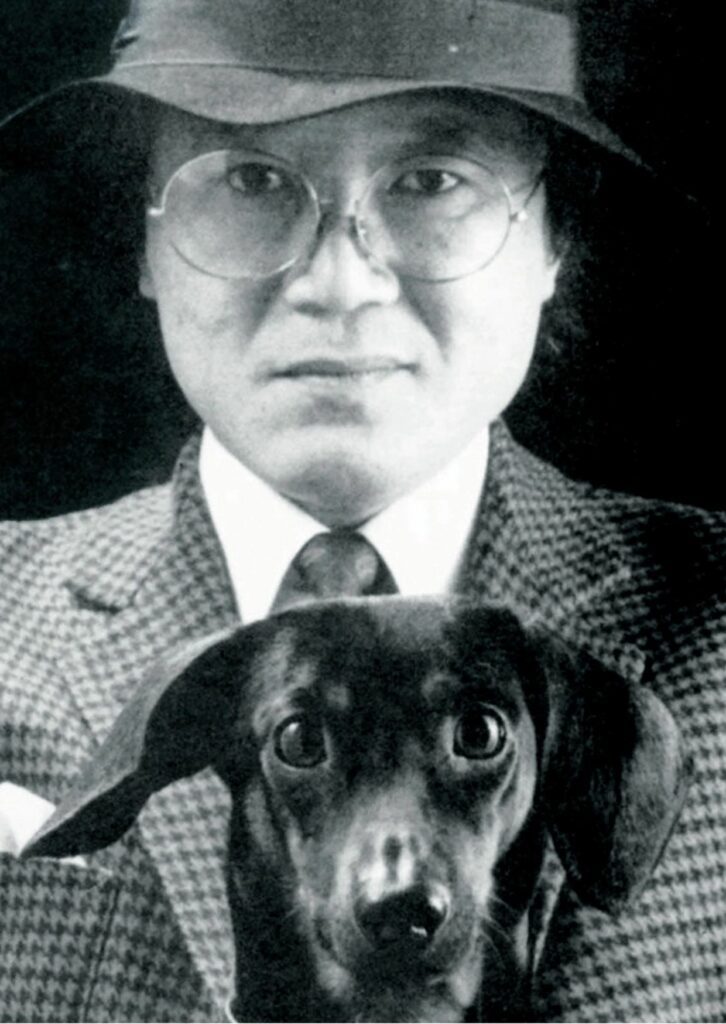
LEOPOLD SENGHOR
Virgilio Guidi (1891 – 1984) established himself as a leading painter from the beginning thanks to his iconographic erudition but demonstrated that he consciously oscillated between the multiple influences of the twentieth-century volumes, of the new objectivity and magical realism. His works are built on a set of familiar and hypnotic images, characterized by a dense colour full of light, but softer shapes. Light, shape and colour will establish themselves as the fundamental trinomial of his production. In general, Guidi’s painting is characterized by a series of thematic-compositional cycles, such as the representations of abstract seascapes or cosmic architecture, the result of the impressions of his travels. The subjects of the San Marco basin and the Venetian canals will never be abandoned, but over the years we will notice a progressive lightening of the palette which will lead to the figures evaporating and the shadows disappearing.
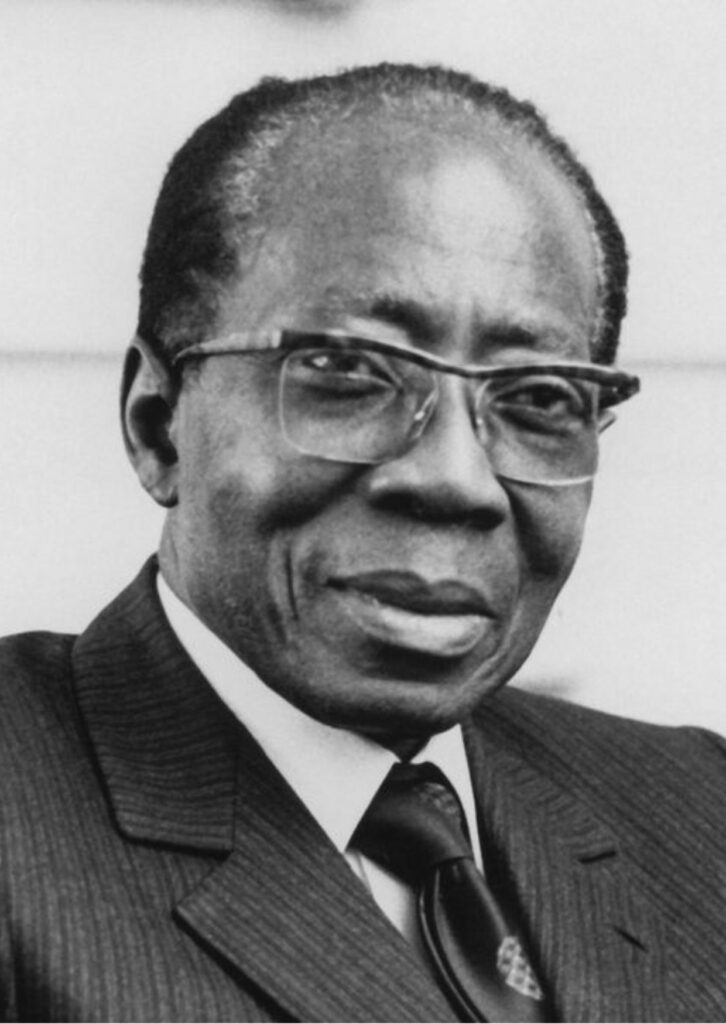
LUCIANO FABRO
Luciano Fabro(Turin, Nov. 20, 1936 – Milan, June 22, 2007), After a childhood spent in Friuli, having completed his classical studies, he moved to Milan, where he then always lived, in 1959. Here from the beginning, he made friends with the most interesting artists working there: Lucio Fontana, Piero Manzoni, Dadamaino and Enrico Castellani. His first solo exhibition was in 1965 at Galleria Vismara; there he exhibited works made with glass, mirrors and metal aimed at establishing open relationships with visitors. In 1967 he participated in the Arte Povera Im Spazio exhibition curated by Germano Celant at La Bertesca Gallery in Genoa. He will participate from then on in all the exhibitions of the Arte Poveragroup and is among the founders of the movement. Throughout his career, he expressed himself with the most diverse forms and materials. Engaged in academic activity, Fabro is also the author of numerous texts documenting his engagement in cultural debate. Since his beginnings, the artist’s reflections have included a relentless pursuit of the linguistic specificities of sculpture, explored through traditional materials such as marble and iron, or innovative ones such as glass and silk, and intentionally freed from constraints related to representation or content.
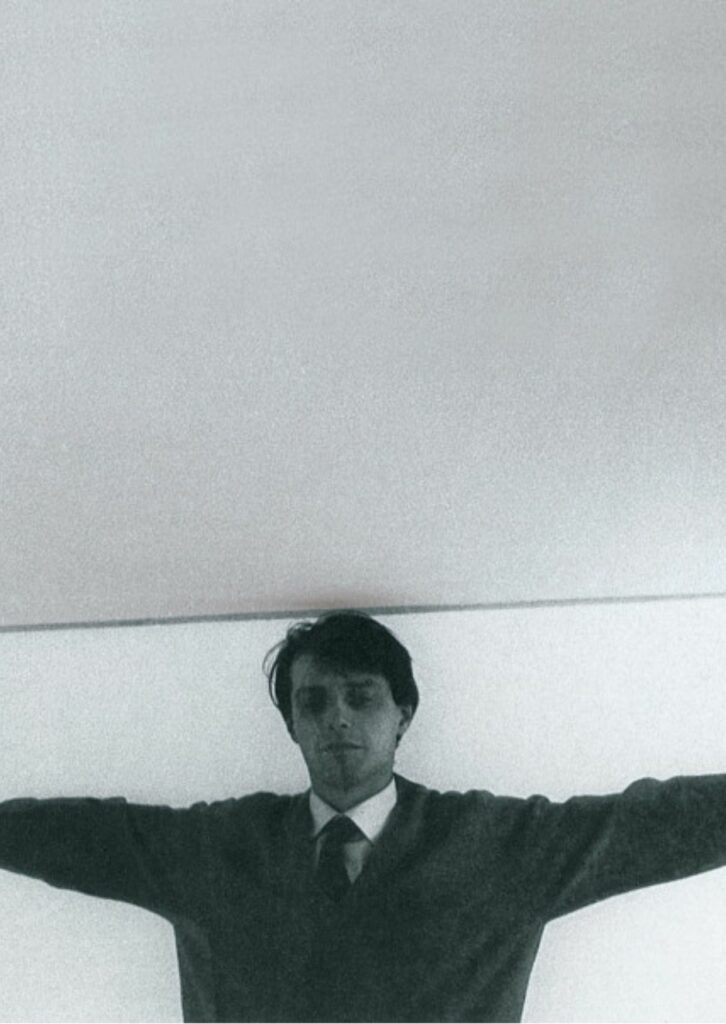
LUCIO DEL PEZZO
He was born in 1933 in Naples, where he trained at the Academy of Fine Arts and the Institute of Applied Arts. In 1958 he participated in the foundation of Gruppo 58, with a neo-surrealist and neo-dada approach, together with artists such as Guido Biasi, Bruno Di Bello, Sergio Fergola, Luca (Luigi Castellano) and Mario Persico. The history of the group is closely linked to the Nuclearist Manifesto of 1952 drawn up by Enrico Baj and Sergio Dangelo in Milan, which they decided to follow in its footsteps, promoting an art that contains a revival of the local iconological tradition while breaking the traditional figurative schemes. Under Luca’s guidance, Gruppo 58 equips itself with the magazine Documento Sud as a means of promoting its work and exhibits in Naples, Florence, Rome and Milan.
Del Pezzo begins to develop his own artistic language, through object- paintings, assemblages in which a playful tone contrasts with a mystical feeling, as well as chromatic and formal relationships The collage between objet trouvé and prints of popular origin gives his works the value of painting and sculpture simultaneously: in his works, the pop features, inserted in the present time, mix with a metaphysical and personal temporality. In 1959 Del Pezzo signed the Manifesto de Naples, which brought together the members of the Neapolitan and Milanese neo-avant-gardes and other exponents of the culture of the time such as Nanni Balestrini, Paolo Radaelli, Leo Paolazzi, Sandro Bajini, Edoardo Sanguineti, Luca, Bruno di Bello, Mario Persico, Guido Biasi, Giuseppe Alfano, Donato Grieco, Enrico Baj, Angelo Verga, Ettore Sordini, Recalcati and Sergio Fergola.
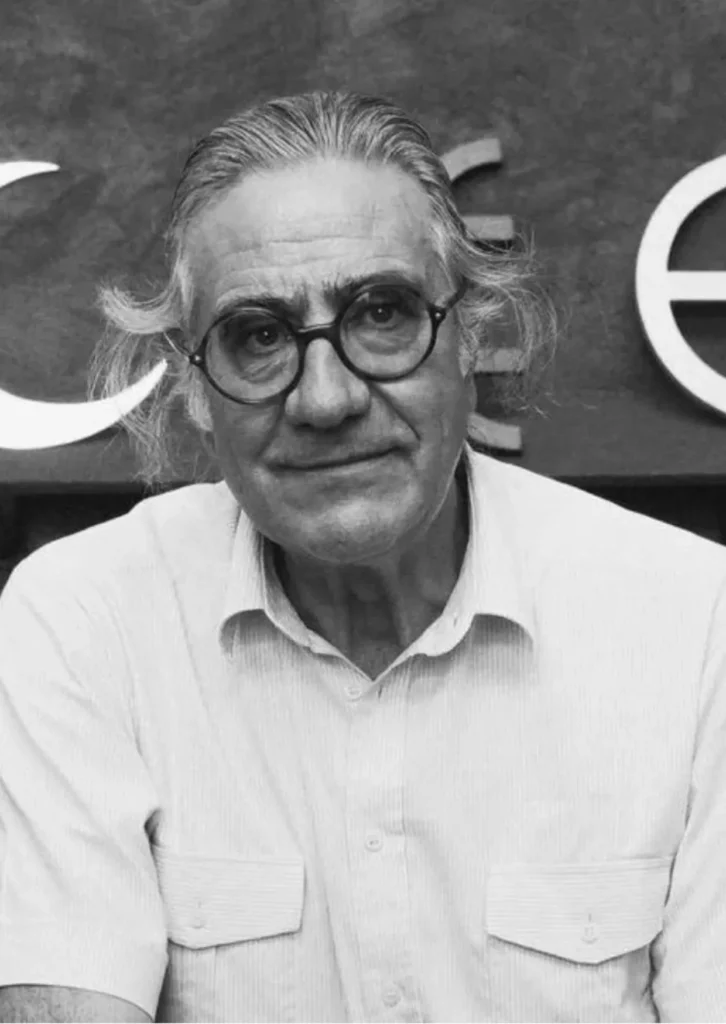
MAN RAY
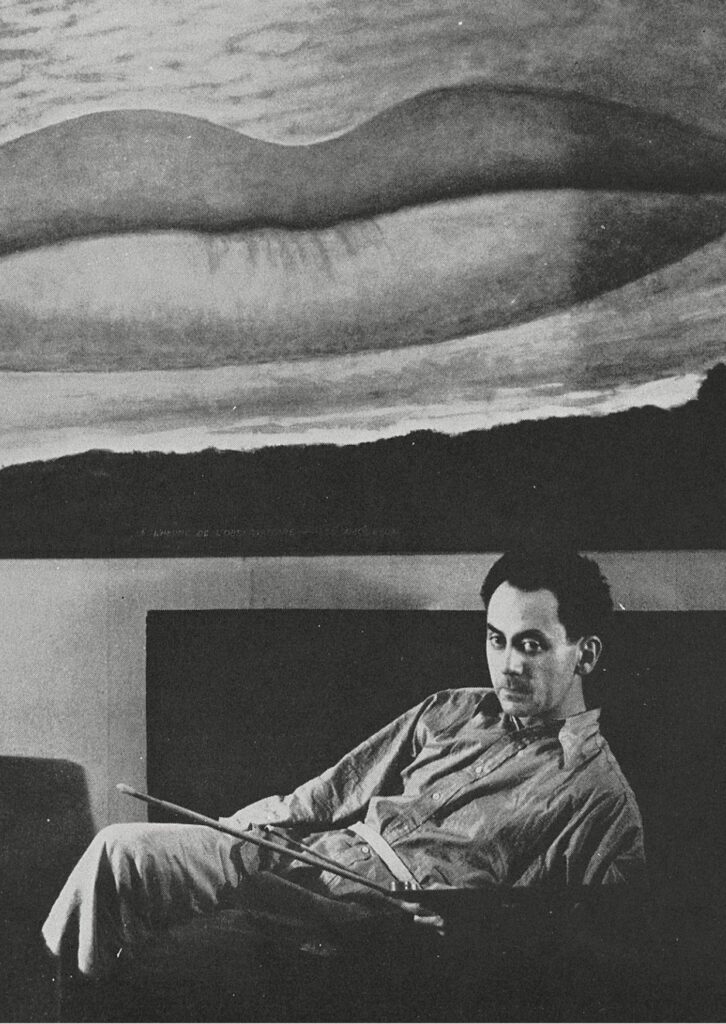
Marcello Jori
Marcello Jori was born in Merano in 1951.He arrived in Bologna in the early 1970s and, contrary to an academic background, chose to complete his classical studies at the Faculty of Art History, where he met Renato Barilli, who in 1977 was to be the curator of his first photographic exhibition at the Galleria De’Foscherari in Bologna.He immediately began his surgical work on the body and soul of the artist, on his work. The deceased artist and the living artist. A practice that he will never abandon and that will lead him to use photography, painting and writing as equally necessary materials for the construction of a world as complex as the one he represents today. He holds exhibitions in national and international galleries and museums, including: Galleria d’Arte Moderna, Rome; Studio Morra and Galleria Trisorio, Naples; Studio Marconi, Milan; Galleria De’ Foscherari, Bologna; Corraini, Mantua; Hayward Gallery, London; Kunstverein, Frankfurt; Holly Solomon, New York; Galleria Civica d’Arte Contemporanea Trento; Castel Sant’Elmo, Naples. In 2000 he held a solo exhibition at the GAM in Bologna in which his photographic work from the 1970s was presented once again. Recent (2011) is the important solo exhibition in Milan Marcello Jori – Gli Albi dell’Avventura (G. Marconi Foundation) in which the three work-books in which the artist recounts the realisation of an incredible photographic project linked to Lucio Fontana are also exhibited. He lives and works between Bologna and Milan.
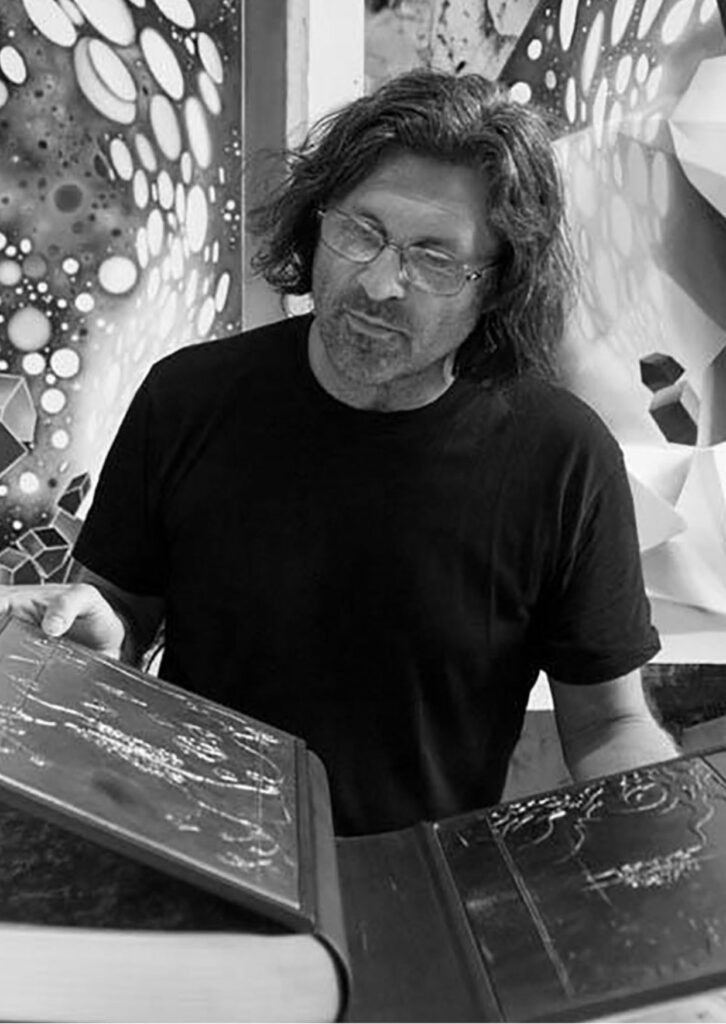
Mario merz
Mario Merz was born in Milan on January 1, 1925, but shortly after his birth, his family decided to move to Turin. There, Merz studied at the scientific high school. At the outbreak of World War II, Merz, then a young man in his twenties, wanted to join the anti-fascist group “Giustizia e Libertà” and was arrested while leafleting. During the months he spent in prison, he was a cellmate of painter Luciano Pistoi and began to practice drawing. Once out of prison, he enrolled at the University of Turin to study medicine, but very soon left his studies to devote himself full-time to painting, thanks to his association with abstract artists Luigi Spazzapan and Mattia Moreni. His first solo exhibition took place in 1954 at La Bussola Gallery in Turin. He met what became his wife, Marisa, in 1959, and together with her and their daughter Beatrice decided to move to German-speaking Switzerland Mario Merz (Milan, Italy, 1925 – 2003), one of the leading exponents of Arte Povera, fits into the wake of his contemporary Italian artists, active between the 1970s and 1980s, who contributed to the spread of new trends and experimentation in art, starting with the classic work painted on canvas and then arriving at installations in the 1960s, seemingly simple but bearing certain messages and philosophical lucubrations.
In Merz’s case, the elements to which the artist entrusts his artistic message are neon tubes, thus reusing a material born for a different use to express vital energy; igloo-shaped installations, which refer to ancient archetypes and which he uses as a way of investigating the relationship between the work of art and the space around it; and finally the Fibonacci number series, which is progressive suggests reasoning about the growth of the individual. Mer’s work, around the 1990s, after taking over museums and galleries thus further surpassing the concept of the exhibition hall in which to place the work (for example, he placed the Fibonacci series on a balustrade of the Guggenheim in New York), also lands in urban contexts such as the Antonellian Mole and the subway stations of some Italian and European cities, to share his art as much as possible with the public. His thoughts on art can also be found in a collection of his writings, Voglio fare subito un libro, published in 1985.
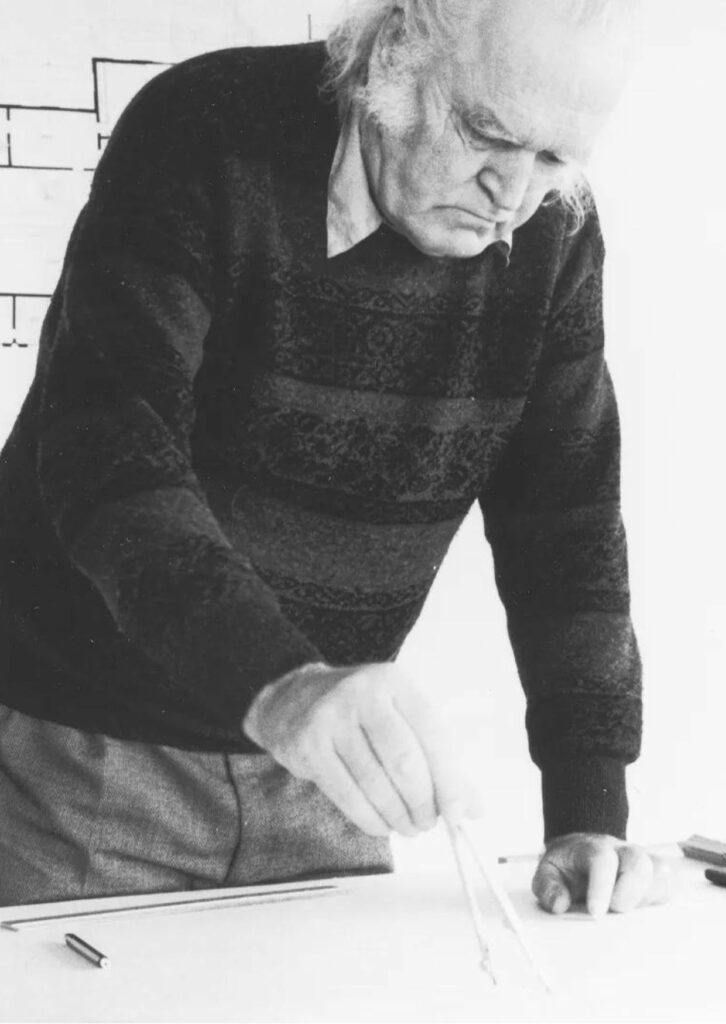
Mario Schifano
(Homs, Italian Libya 1934 – Rome 1998) is considered the greatest exponent of Italian Pop Art. Influenced by the greatest contemporary foreign innovators, Andy Warhol, Jasper Johns and Robert Rauschenberg, he developed a strongly avant-garde style. Huge, monochrome canvases, the use of numbers and letters, and subjects inspired by advertising brands (his “Coca Cola” and “Esso” are famous). The use of various materials such as enamel and acrylic and wrapping paper as a support. In addition to experimenting with new techniques, including graphic reworking through the computer (“Computerized Canvases”), he is among the first to propose contamination between painting, music, cinema, photography, and video. In the representation of nature he tends towards the abstract and informal, just think of his famous “Anemic Landscapes”, the “Interrupted Views” and the “Wheat Fields”. Always close to pop culture, he can be considered a true artist “of his time”. He creates album covers for contemporary musical groups, such as Equipe 84, as well as designing the Maglia Rosa twice, as a good cycling enthusiast. He died of a heart attack, in Rome in 1998, at just 64 years old.

Max Ernst
Born in Brühl on 2 April 1891, he was a German painter, sculptor and writer, French by adoption. Considered one of the greatest exponents of Surrealism, the artistic avant-garde of the twentieth century. In 1909 he enrolled in the faculty of philosophy at the University of Bonn, but he was more interested in psychiatry and the history of art it was during this period that he discovered his artistic vocation. His first works were exhibited in Berlin in 1913, where he met and became acquainted with the poet Guillaume Apollinaire. In 1919 he moved to Munich, where he learned about the Zurich Dadaist movement. Back in Cologne, he founded the Dada group together with his friends Hans Arp and Baargeld. In 1924 the Surrealist Manifesto was published and the French revolutionary climate made him question the traditional logic of language and figurative expression: he thus proposed an introspection of the irrational and an exploration of the unconscious inherent in the human being. A few years later he took a trip to the East where, inspired by the evocative experience, he developed a new pictorial technique, frottage. He died in Paris in 1976. Ernst is an artist who consistently followed his path and almost fortuitously found consecration.
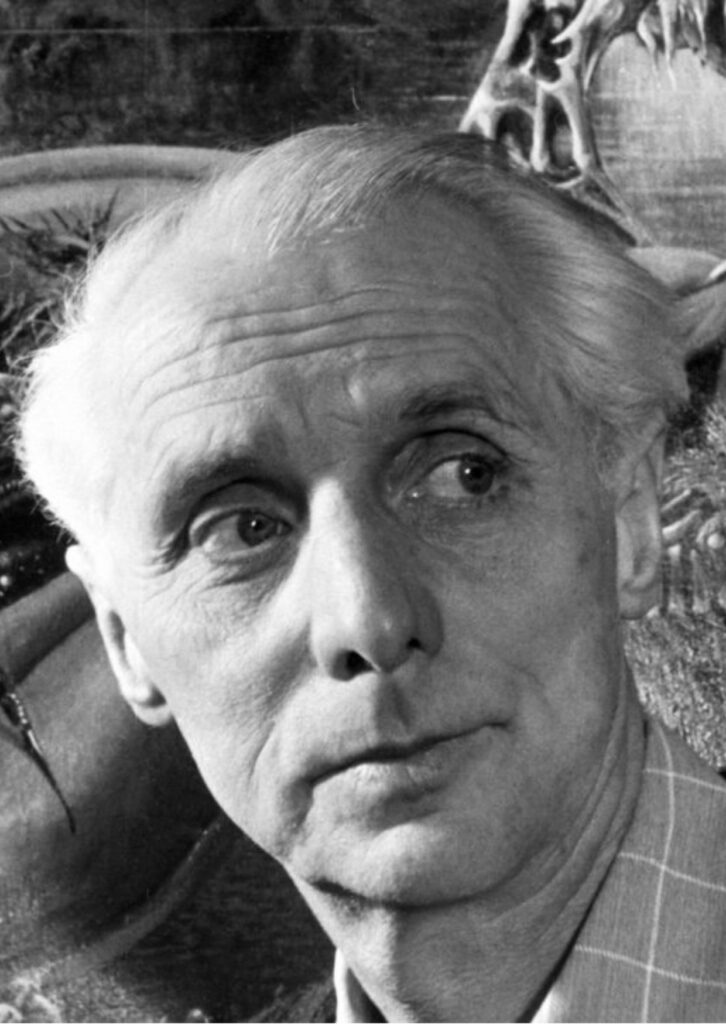
Mel Ramos
Born in Sacramento in 1935, he was an American artist among the main protagonists of American Pop Art. Considered by some critics to be the last exponent of Pop Art, by others a character beyond any classification, the artist expresses, through his works, both the essence of realist and abstract art. Strong irony and a desecrating tone distinguish this man whose attention is directed above all to the theme of consumerism towards which he expresses his criticism through the exasperated use of language and comics technique. In the sixties he obtained his first great recognition and, starting from 1959, more than 120 group exhibitions saw his participation.
Together with other artists such as Andy Warhol, Roy Lichtenstein, Claes Oldenburg and James Rosenquist, he became an interpreter of popular culture according to the reading offered by the mass media. In Europe, as in North America, he participates in major pop art exhibitions and his works are reproduced in books, catalogues and periodical His artistic legacy is today preserved in major museum collections, including the Guggenheim Museum in New York, the MoMA in New York, the MOCA in Los Angeles, the Museum Moderner Kunst in Vienna and the Whitney Museum of Art. His influence was remarkable, anticipating some solutions later adopted by artists such as Jeff Koons. His ironic and irreverent vision of consumerism and mass culture still remains a significant testimony of his time today.
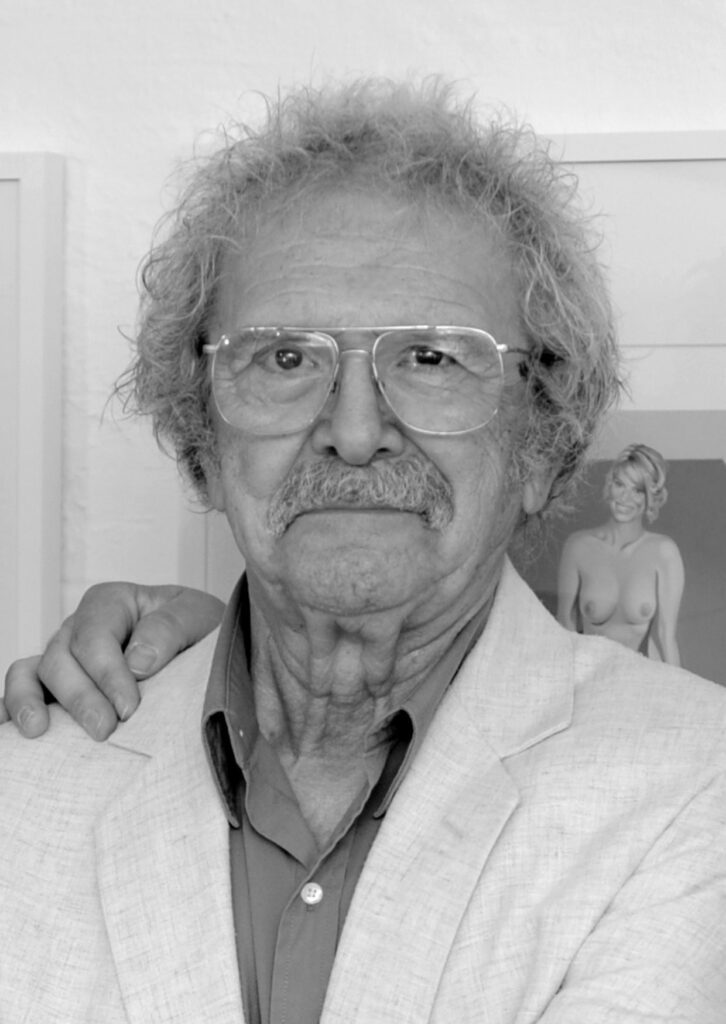
Mimmo Paladino
Domenico Paladino, known as Mimmo (Paduli, 1948), is an Italian painter, sculptor and printmaker known for being one of the main exponents of the Transavanguardia movement and for creating large-scale installations placed in several Italian cities. His style is recognizable by the presence of elements inferred from different cultures such as masks, animals, hands and heads. The artist is well known abroad, where numerous solo exhibitions have been dedicated to him. The movement of which he is a member, the Transavanguardia, was born in the early 1980s: founded by art critic Achille Bonito Oliva, the group consisted of Enzo Cucchi, Sandro Chia, Francesco Clemente, Nicola De Maria and Mimmo Paladino himself. Common to their individual experiences is the desire to draw from the past and from even very different and distant pictorial traditions to create a hybrid language capable of bringing together different epochs, in a way that could be called trans-historical (hence the name). Of the group, Mimmo Paladino is the most essential artist, closest to early 20th-century German primitivism and expressionism
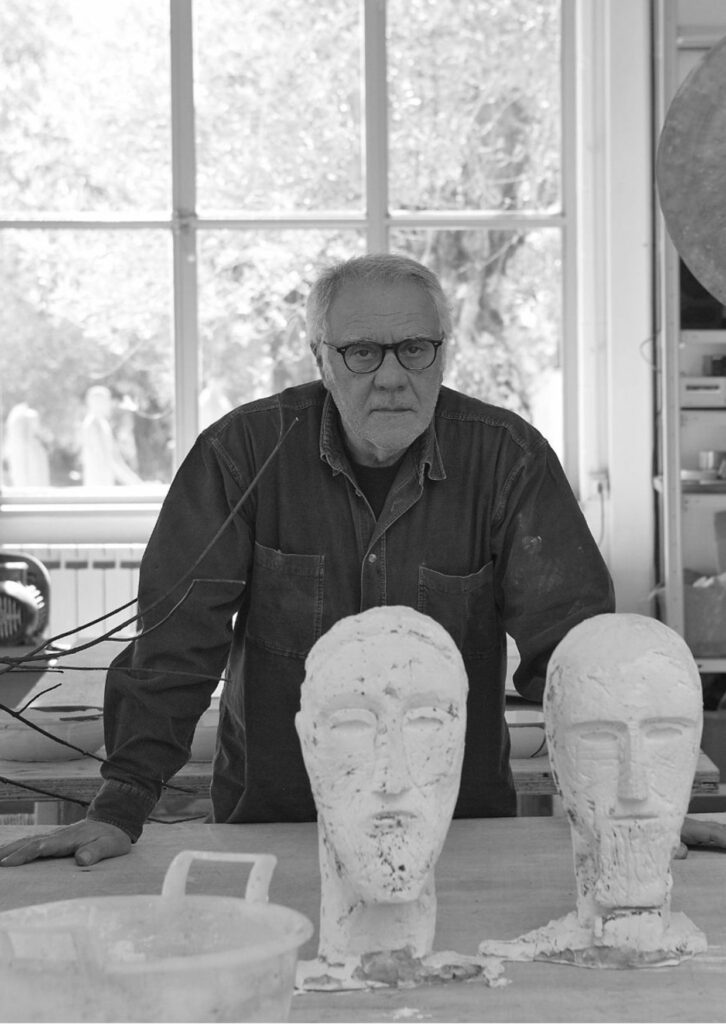
Mimmo Rotella
(Catanzaro 1918 – Milano 2006)
Between 1951 and 1952 Rotella participated in various exhibitions and held his first solo show at Galleria Chiurazzi in Rome. He obtained a Fulbright Foundation grant and went to the University of Kansas City (Missouri), first as a student and later as artist in residence. For the occasion he created a mural panel for the university, in the hall of the faculty of Geology. He returned to Italy and settled in Rome in a studio near Piazza del Popolo. In the following years, back in Rome, Rotella goes through a period of crisis, during which he interrupts his research, while continuing to compose phonetic or epistatic poetry He began to compose works on canvas to which he applied parts of the torn papers he tore from advertising posters on the street: thus was born décollage, which is the opposite of collage. While collage operates a superimposition of images, décollage operates a subtraction of the image through tears, and abrasions of the figures.
The peculiarity of Mimmo Rotella’s work is that he also uses the back of the collage called the “retro d’affiche.” Settling in Milan, in the 1980s he gives course to the Blanks series, in which he covers posters with monochrome sheets.Beginning in 1984 he resumed painting, producing the Cinecittà 2 cycle of works and later the Sovrapitture, where he intervenes pictorially on advertising posters. He exhibited at the Centre Pompidou in Paris and the Museum of Modern Art in New York in 1990 and at the Solomon R. Guggenheim Museum in 1994. In 2000, the Mimmo Rotella Foundation was established with the goal of fostering contemporary art and preserving the artist’s work. He died in Milan on January 8, 2006.
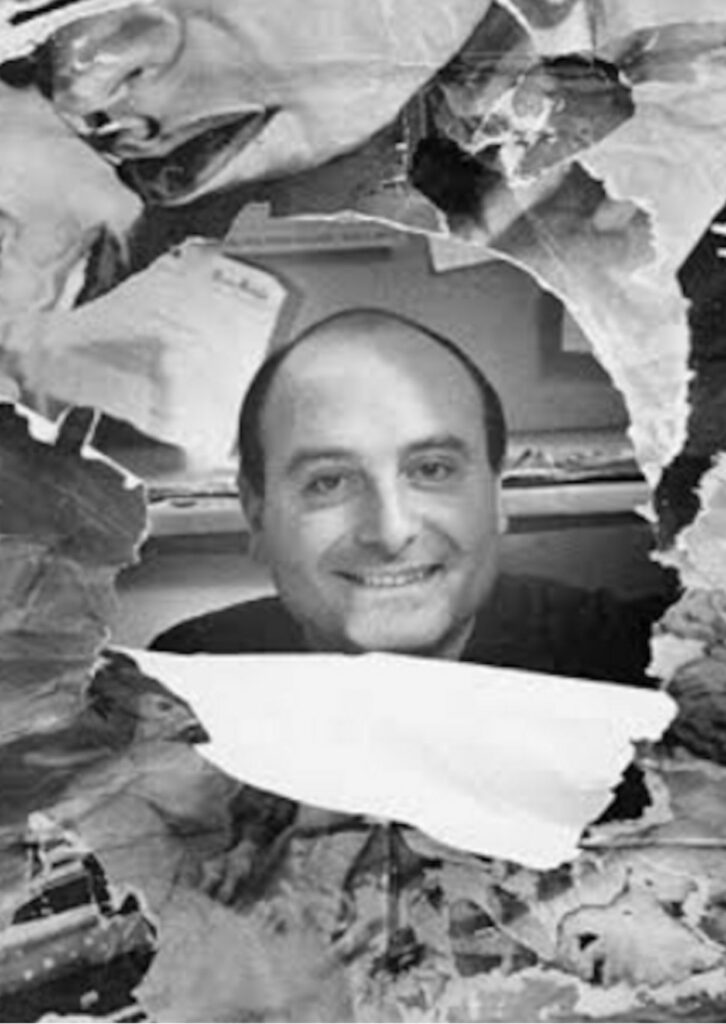
Nicolai Lilin
Nicolai Lilin, a pseudonym for Nikolaj Verzhbitskiy, was chosen in homage to the author’s mother, Lilia, (Russian: Николай Вержбицкий?). Born Feb. 12, 1980, in Bender, Transnistria (an independent state not recognized by the international community, located between Moldova and Ukraine, then part of the Soviet Union), he is a Siberian-born Russian writer, tattoo artist, and artist with Italian citizenship. Lilin comes from a family of Siberian traditions and origins. His ancestors belonged to a large Siberian family of explorers, outlaws, hunters, and merchants, who had Russian, Polish, Jewish, and German ancestry. In 2003 he moved to the province of Cuneo, where he became a tattoo artist, having studied the tattoos of the Siberian criminal tradition for many years and learned the techniques and complex codes that govern them. He has lived and worked in Milan since 2010. Nicolai Lilin is also known and appreciated for his artistic production, particularly drawings, graffiti works on paper, paintings on canvas and reproduction of Orthodox icons, all inspired by tattoo symbology, he has an art workshop in Milan, Kolima Art Studio where he hosts his works always related to Siberian tattoo culture.
He is also on the board of Outsiders, an international collective of artists, which aims to bring back respect for form in art, in all its expressions. The artist has exhibited his works at the Milan Triennale, the Museo del ‘900 and the Castle of Susan, among others, with a solo exhibition that evokes and investigates the world of tattoos, addressed in the recovery of its ancestral meanings, rooted in anthropology, within a path that offers a more conscious key to interpreting a phenomenon rampant on the fashion front, from writing that has blossomed into cinema, from drawing that has landed in tattooing, design and fashion. Since 2019, he has been collaborating with the art gallery and print shop Originale Multiplo S.r.I (formerly Alfeart) in Milan, making Original Multiple from tattoos and unpublished images. Some of the works were exhibited at the WopArt Work on paper fair in 2020 and 2021, a well-known international fair of ancient, modern and contemporary works of art on paper in Lugano.
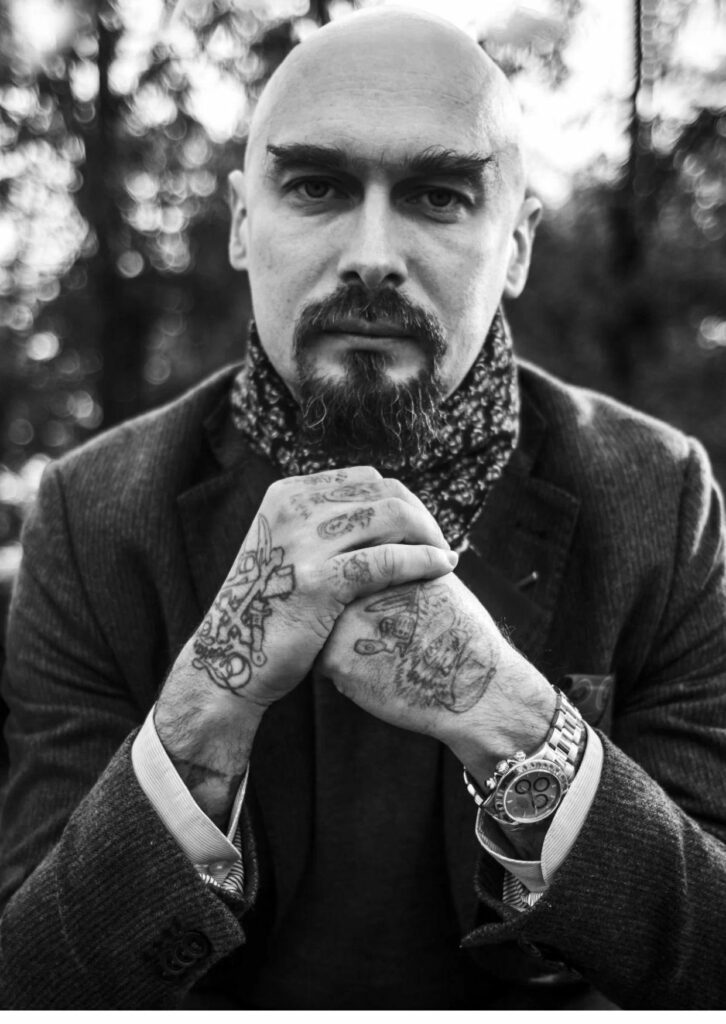
Ottavio missoni
A well-known Italian designer, he has also produced screen prints in his career, collaborating with major art studios. The Roots clarify the origins of the Missoni research, the first resources and sources of inspiration, in the field of visual arts and fashion. The frame of reference is that of the birth of the historical avant-gardes in Europe, from the lyrical abstractionism of Sonia Delaunay, indispensable together with Kandinsky and Klee, to the Futurism of Balla and Severini, to the affirmation, in the Thirties, of groups, magazines and research aimed at the definition of a geometric painting and sculpture, constructivist and concretist in character. In this context, an expressive language based on the rhythmic composition of shapes and colours used in a pure manner asserted itself, a language that the Missonis translated and re-elaborated into the central motifs of their creative process.
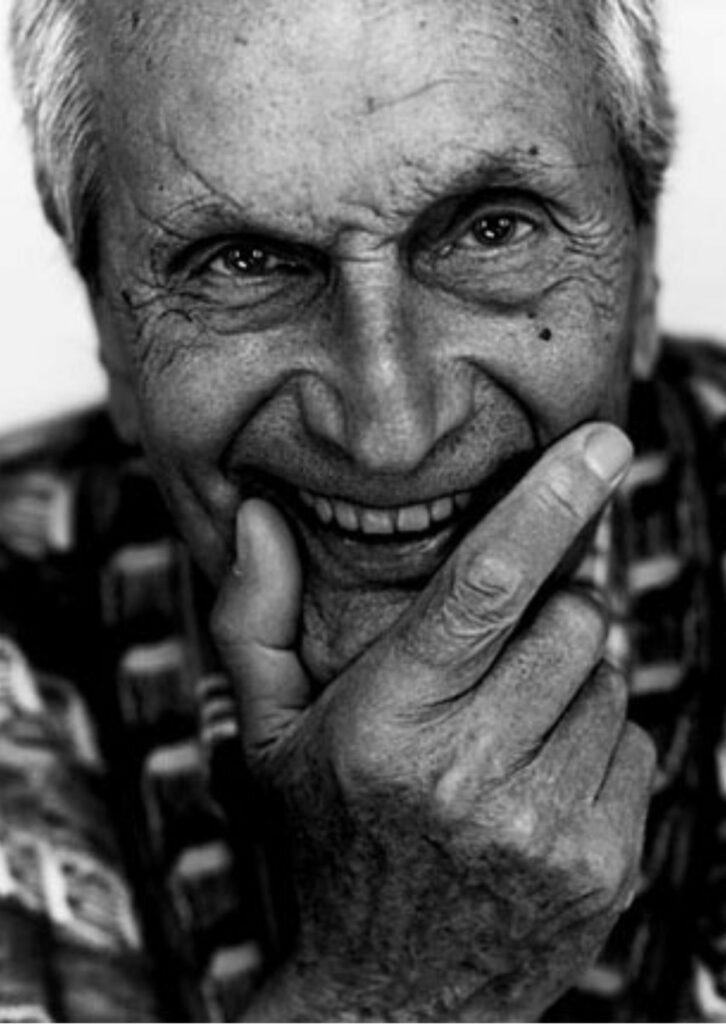
Piero Dorazio
(Rome, 29 June 1927 – Perugia, 17 May 2005) was an Italian painter, who with his paintings contributed since 1945 to the affirmation of abstractionism in Italy. After attending classical studies in Rome, he studied architecture for four years. In 1947 he was among the signatories of the Gruppo Forma 1 manifesto, together with Ugo Attardi, Pietro Consagra, Mino Guerrini, Achille Perilli, Antonio Sanfilippo, Giulio Turcato and Carla Accardi. In the same year, he won a scholarship from the École nationale supérieure des beaux-arts in Paris, where he resided for a year. With Perilli and Guerrini in 1950, he opened the bookshop gallery “L’Age d’Or” in Rome, which in 1951 merged with the “Origine” group of Mario Ballocco, Alberto Burri, Giuseppe Capogrossi, Ettore Colla, giving life to “Fondazione Origine”, within which Colla and Dorazio publish the magazine “Arti Visive”. During his stay in the United States, he came into contact with the most important personalities of the time such as the painters Willem de Kooning, Mark Rothko, Jackson Pollock, Barnett Newman, Robert Motherwell and the art critic Clement Greenberg. In this period, Dorazio also concentrated on the study of the writings of Vasilij Vasilyevich Kandinsky, whose theory on the immaterial aspects of painting would influence him considerably. He later returned to Italy where he continued an intense and constant exhibition activity with personal works in various cities such as Milan, Venice and Rome. He periodically makes artistic stays in many European cities including Paris, London, Prague, Düsseldorf and Berlin which will contribute to spreading his popularity and fame even far from Italy.
In 1960, he founded the fine arts department at the School of Fine Arts at Pennsylvania University in Philadelphia, which in the sixties had been recognized as the best art and architecture school in the United States of America and of which he would hold the position of director. In 1961 he participated in the Gruppo Zero activity in Berlin together with Heinz Mach, Otto Pine and Gunter Uecher, while in Paris he received the Kandinsky Prize and the first prize of the Biennale des Jeunes while one of his solo shows was set up in the spaces of the Kunstverein in Düsseldorf. During the period 1963-1965, Dorazio exhibited some of his works in various exhibitions such as the Contemporary Italian Paintings in Australia, the Peintures Italiennes d’aujourd’hui, organized in the Middle East and North Africa and The Responsive Eye at the Museum of Modern Art from New York. In 1966, after his second participation in the Venice Biennale, he exhibited at the Galerie Im Erker in San Gallo, where he established an artistic partnership with Giuseppe Ungaretti: for the occasion, Ungaretti wrote an essay on his painting for the presentation of the catalogue while in 1967 it was Dorazio to create a series of graphics to accompany Ungaretti’s collection of poems entitled “La luce”. In 1970 he definitively interrupted his teaching activity to dedicate himself exclusively to painting. After having had his studio in Rome, Paris, New York, Philadelphia, and Berlin, in 1974 he moved permanently to Todi, where he purchased an ancient Camaldolese hermitage and continued to create here until 2005, the year of his death. In 1984 he married Giuliana Soprani. In 1989 he collaborated on the Fiumara d’arte project of Tusa, a large open-air museum park of contemporary art designed by Antonio Presti, with the colourful ceramic decoration of the Carabinieri barracks of Castel di Lucio created in collaboration with Graziano Marini. His works are typically consistent with the abstract style, very rich in bright colours, which highlight bands and crossed grids. His style is very close to the movement defined by Clement Greenberg as “Post-painterly abstraction”.
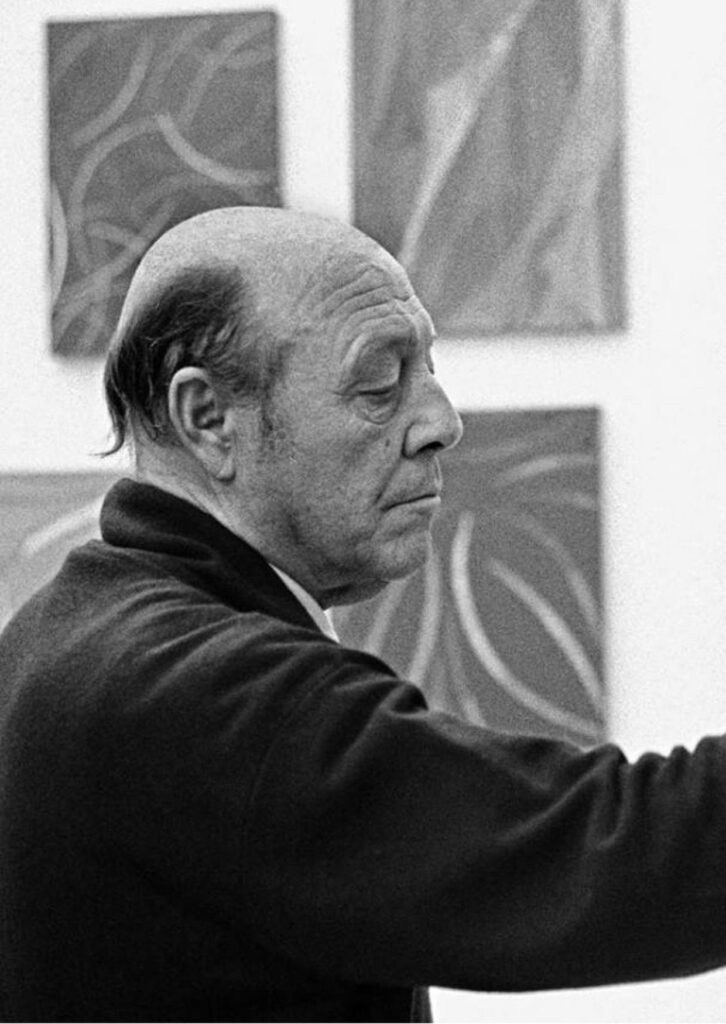
Remo Salvadori
Remo Salvadori was born in Cerreto Guidi, Florence in 1947. His work initially developed through the use of photography and common objects, scattered throughout space, to reinterpret philosophical or myth-related concepts. This artist’s relationship with the force of gravity, matter, the solidity and fragility of materials – not an oxymoron or illusion, but a tangible outcome – is realized in new compositions, open and balanced, regular and irregular, which are the result of knowledge, a composition and a mathematical discipline that he has always practised. If the concepts of metamorphosis and alchemy can evoke dictates of historical tradition, the outcome of Salvadori’s works is resolved in an essential harmony, in proportions, in geometries and a deliberate and intense new metaphysical version.
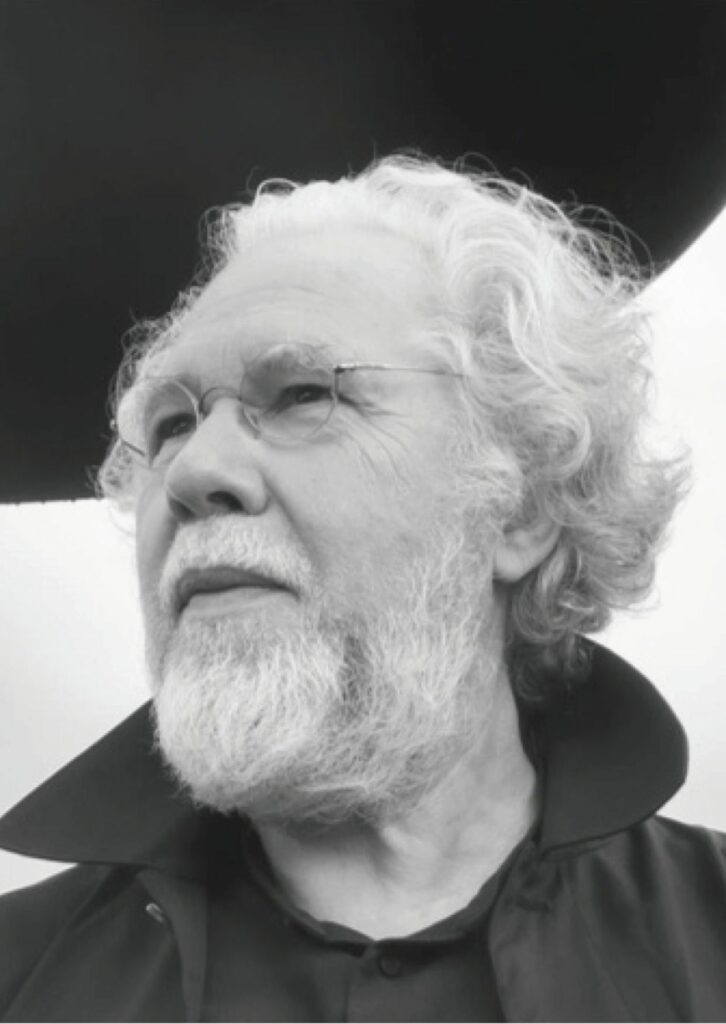
Richard Hamilton
Born in London in 1922, he studied at Westminster Technical College, St. Marthin’s School of Art, the Royal Academy School and finally the Slade School of Art, and began working in the field of advertising. In 1950 he presented a selection of graphic works in his first solo show held at the Gimpel Fils Galery, and the following year he began collaborating with the Institute of Contemporary Art in London. Duchamp’s friend and student played an original role in pop art. His works, based on the photographic transfer technique, depict enlarged details of objects, or news and advertising photos, with effects of ironic estrangement (Just what it is that makes homes so different, so appealing?, 1956, London, Whitechapel art gallery) accentuated in later works by livid and metallic colours Among the numerous retrospectives of which he was the protagonist, we remember the one at the Tate Gallery in London in 1992, with the first complete exhibition of his work, the Introspective at the Museu d’Art Contemporani in Barcelona (2003), and the exhibition at the Serpentine Gallery of London (2010). In 1993 he was awarded the Golden Lion for painting at the Venice Biennale.
Domestic interiors, the images that obsessively recur in the mass media and the status symbols of the consumer society are the prevalent themes of his subsequent works. ($he, 1958-61; Adonis in Y Fronts, 1962; Interior, 1964-65). In the mid-1960s, after a trip to the United States, he worked on the series dedicated to the Guggenheim Museum in New York, which he exhibited at the Robert Fraser Gallery and later also at Studio Marconi. He also began the reconstruction of Marcel Duchamp’s Large Glass, of which he organized a retrospective at the Tate Gallery in 1966. Invited to teach in the most prestigious British institutes, he obtained numerous awards and since the 1970s has had important retrospectives throughout the world (1974, New York, Munich and Tübingen; 1979, 1982 and 1992, Tate Gallery, London). A collection of his writings was published by Thames and Hudson in 1982. In 2003 the Serpentine Gallery in London dedicated an important solo show to the artist. Richard Hamilton died in September 2011.
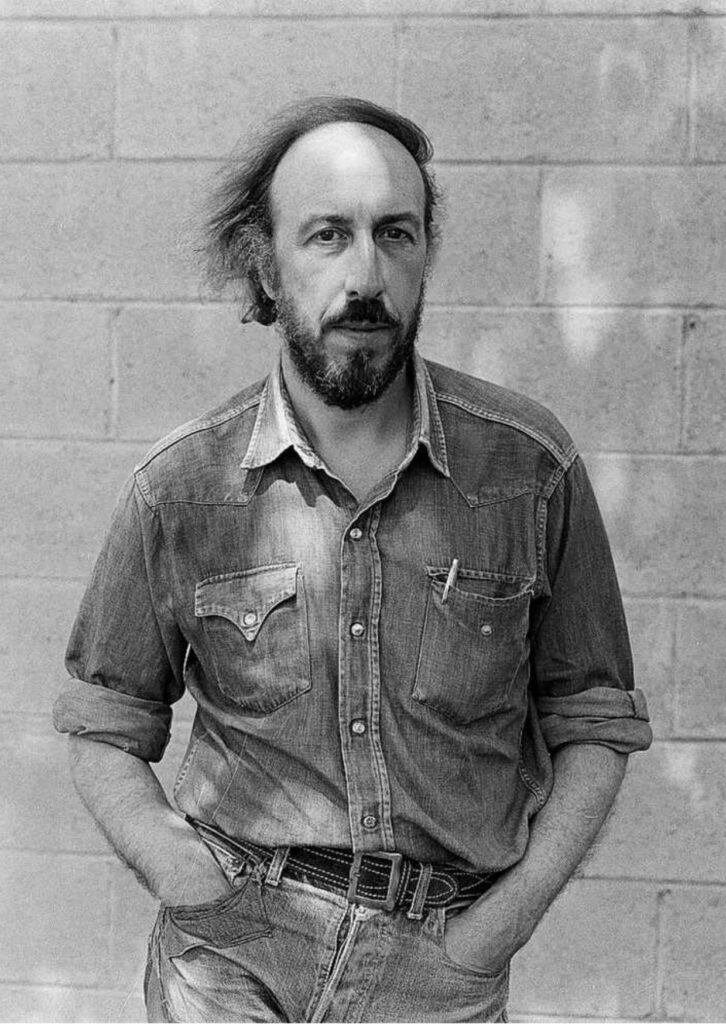
Robert Indiana
Born Robert Clark on September 13, 1928, in New Castle, Indiana, he was an American artist associated with the Pop Art movement. Since the 1960s, Indiana has played a central role in the development of assemblage art, hard -edge and pop art, becoming one of the pre-eminent figures in American art. In 1956, he moved to New York, where he met Ellsworth Kelly and settled in Coenties Slip, a community of artists that included Kelly, Agnes Martin, James Rosenquist and Jack Youngerman. The environment of Coenties Slip had a profound impact on the artist’s work, and he began to create works that incorporated words and numbers, inspired by materials found in abandoned warehouses in the area. Indiana’s works often feature bold, iconic images, such as numbers and short words like EAT, HUG and LOVE. His best-known work is undoubtedly the word LOVE, which was first created in 1964 for a Christmas card from the Museum of Modern Art This image has become an icon of modern art and has been reproduced on postage stamps and countless products. Robert Indiana distinguished himself from other pop artists by addressing important social and political issues and incorporating historical and literary references into his works. He explored the illusory American dream, using words and numbers to create connections and perceptions in the viewer’s mind.
His works are characterized by symmetrical geometric shapes and bright colours, which recall the influences of advertising and mass media. In addition to painting and sculpture, Robert Indiana made a significant number of prints, also collaborating with the poet Robert Creeley. He worked as a theatrical set and costume designer, contributing to the production of Virgil Thomson’s The Mother of Us All in 1976. Indiana’s works have been exhibited in numerous solo and group exhibitions around the world, and many of them are part of the permanent collections of important museums, including the Museum of Modern Art and the Whitney Museum of American Art in New York, the National Gallery of Art and the Museum of Modern Art in San Francisco. Robert Indiana died on May 19, 2018, at his home in Vinalhaven, shortly before the opening of his sculpture retrospective at the Albright-Knox Art Gallery. His legacy as one of the protagonists of American Pop Art and his ability to create works that explore American identity and the power of language continues to have a lasting impact on contemporary art.
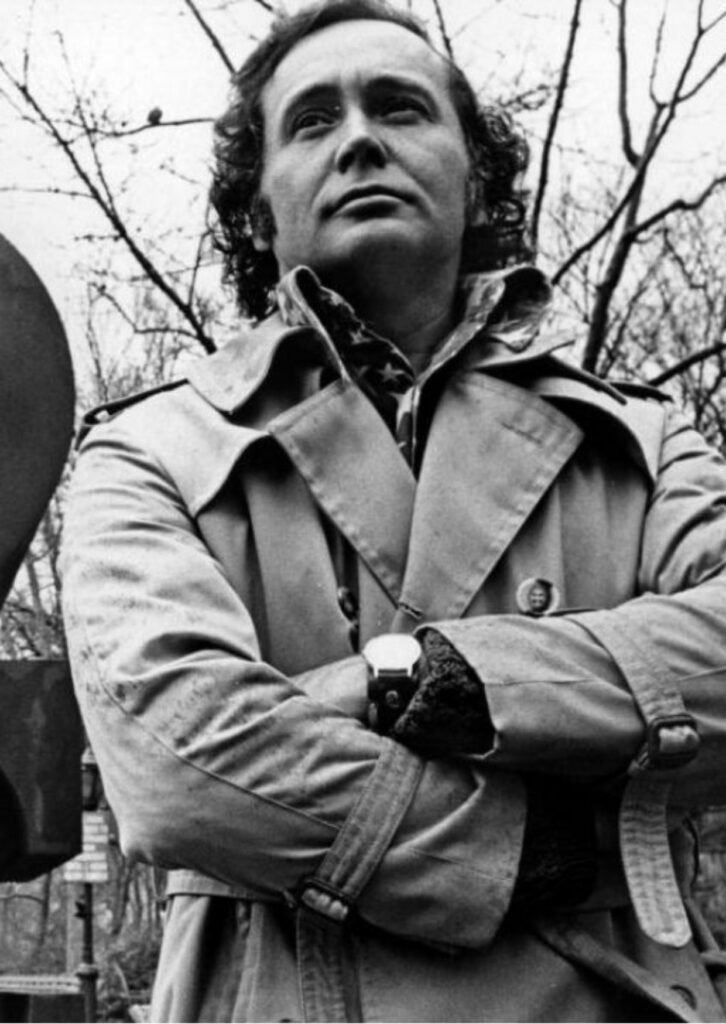
ROY LICHTENSTEIN
Was born in New York in 1927. He is one of the most representative exponents of Pop Art, as well as one of the most famous artists of the second half of the twentieth century. He approached art as a teenager. Fundamental stages of his education are the Art Students League of New York and the Ohio State University in Columbus which he attended simultaneously. He interrupted his studies in 1943 when he was sent to Europe due to the Second World War. He returned to Ohio in 1946 where he continued his studies and graduated; he specialized in Fine Arts in 1949. 1951 was the year of his first solo exhibition: he exhibited in New York, in the Carlebach Gallery, where he presented both painted works and assemblages of various objects and materials.
In 1956 his works began to approach Pop Art and Abstract Expressionism The characters most loved by the public begin to appear in his works, such as Mickey Mouse and Bugs Bunny. His art is close to the popular world and in particular to comics. His technique involves superimposing a metal mesh on the canvas, thus alluding to the dotted language of comics. His innovation is to convey a current and important message in a simple, symbolic way. Lichtenstein leads us to focus on cartoons that we usually read in passing. Over the years he was called to participate in various exhibitions, including the 1964 Universal Exhibition for which he was commissioned to create a mural for the New York Pavilion. Between the ’70s and ’80s, he dedicated himself to the creation of Nature Morte and approached Futurism, Russian Constructivism, Surrealism and German Expressionism. Lichtenstein goes down in history as the artist who managed to bring pictorial art closer to the commercial world and comics. He died in 1997 in New York due to worsening pneumonia.
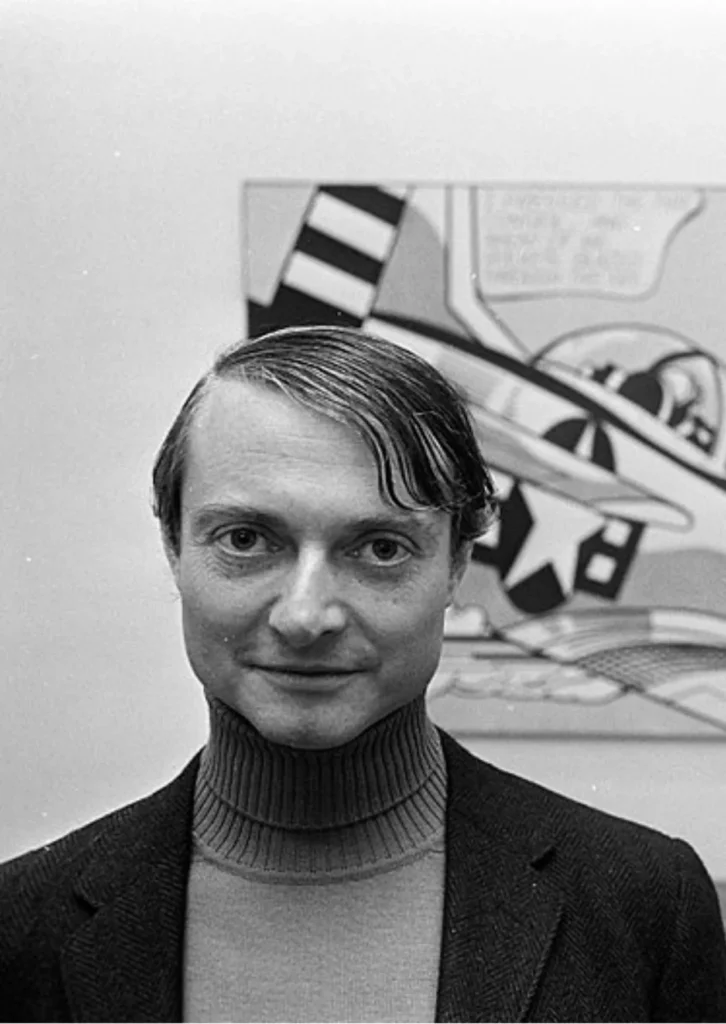
SALVADOR DALÍ
Salvador Domingo Felipe Jacinto Dali | Domènech (Figures, 1904 – 1989) is one of the most important and eccentric figures in art history and is known worldwide for his surrealist works. Best known for his paranoid-critical approach to surrealism, he is the author of many famous works such as The Persistence of Memory (1931), Soft Construction with Boiled Beans: Premonition of Civil War (1936), Dream Caused by the Flight of a Bee Around a Pomegranate a Moment Before Waking (1944), The Elephants (1948), Galatea of the Spheres (1952). His artistic production, moreover, is not limited only to the creation of pictorial works, but, on the contrary, also ranges into the field of cinema with the realization together with Luis Buñuel of Un Chien Andalou (1929)or in the field of design with the design of famous objects such as the Lobster Telephone (1936) or Mae West’s Sofa-Lips (1937). In addition to his artistic talents, he is also known for his eccentric personality and the way he dressed and styled himself: to this day his moustache constitutes his particular and identifying mark Surrealism, of which Dali was a member for a time, is an artistic movement that emerged in the 1920s that highlights, through the works of its members, a new way of seeing reality, emphasizing the surreal and the dream Surrealists like to define the style as a “psychic automatism,” in which the unconscious dominates the artwork without being influenced by clichés or inhibitory breaks.
Although Salvador Dali’s painting takes inspiration from numerous art movements such as Dadaism or Cubism, his painting style remains linked for a long time to that of Surrealism. His method corresponds to what is called “paranoid-critical,” which he invented in the early 1930s. This method consists of the transposition of images or optical illusions, the result of his unconscious, into his pictorial works. In addition to Spanish museums, numerous other institutions dedicate a museum to the painter, such as the Dali Museum in Berlin or the Salvador Dali Museum in St. Petersburg, Florida, which houses some 1,500 works by the artist. Other permanent collections exhibiting works by the master are the Dali Paris in Paris or the Museo Nacional Centro de Arte Reina Sofia in Madrid, the Fundación March in Palma de Mallorca, the Museo Thyssen-Bornemisza in Madrid, and the Musées Royaux des Beaux-Arts in Brussels. Other works of his, not in permanent collections in his name, are housed in the world’s most important museums such as MoMa which houses The Persistence of Memory, the Philadelphia Museum of Art, the Tate Gallery or the Museum Folkwang in Essen.
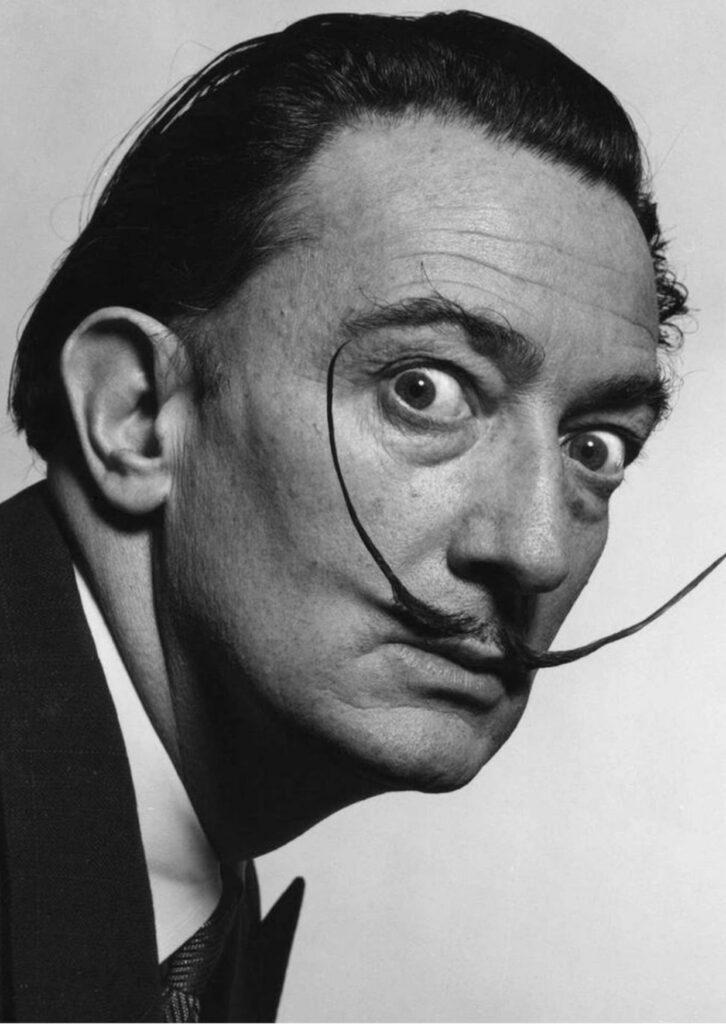
Shepard Fairey (Obey)
Shepard Fairey, considered one of the most well-known and influential contemporary street artists is originally from South Carolina and graduated from the Art Academy in 1988. In 1989, while explaining to a friend how to create a stencil, he asked him to make one with an image he had just seen in the newspaper. The friend refuses because he thinks the idea is stupid, but finding it amusing Shepard nevertheless decides to create the stencil with Andre The Giant’s face: thus was bor that symbol that will make Shepard Fairey known to the world under the pseudonym OBEY His fame peaked in 2008 when he created the HOPE poster with Barack Obama’s face for the U.S. presidential election (later purchased by the U.S., National Portrait Gallery). Artist, activist, graphic designer and illustrator Fairey 2001 has also been the founder of the OBEY clothing brand, which finds fertile ground in the skate scene and is for him another expressive medium on which to continue his poetics and political instances and which further consecrates him to the general public and coming out of the niche of street art His clothes, take up and iconicize the elements of his art.
In fact, the very name of the brand comes from a campaign Fairey produced in 89, “André the Giant Has a Posse,” stickering propaganda that later evolved into “Obey Giant,” which grew out of an international network of collaborators who replicated Farey’s original designs and helped make his images viral. The stickers according to the artist, “do not have a specific meaning but exist to cause people to react.” Acts of vandalism or artistic expression, divide critics but make their way into underground culture, of clear DIY and post-punk inspiration, which uses them as a tool to make its voice heard, and often its dissent against mainstream culture, from which, however, it draws stylistic and rhetorical cues as precise as the advertising slogan and the compulsion to repeat. His work, openly inspired by phenomenology in a Heiddegerian key, is explained in the 1990 manifesto.
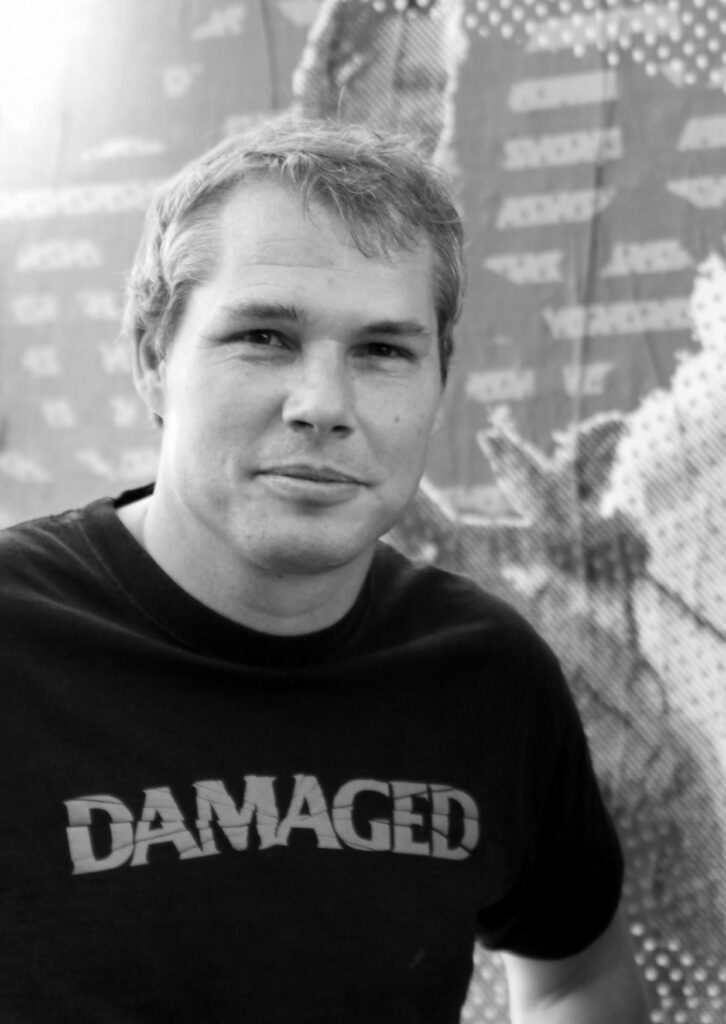
Ugo Nespolo
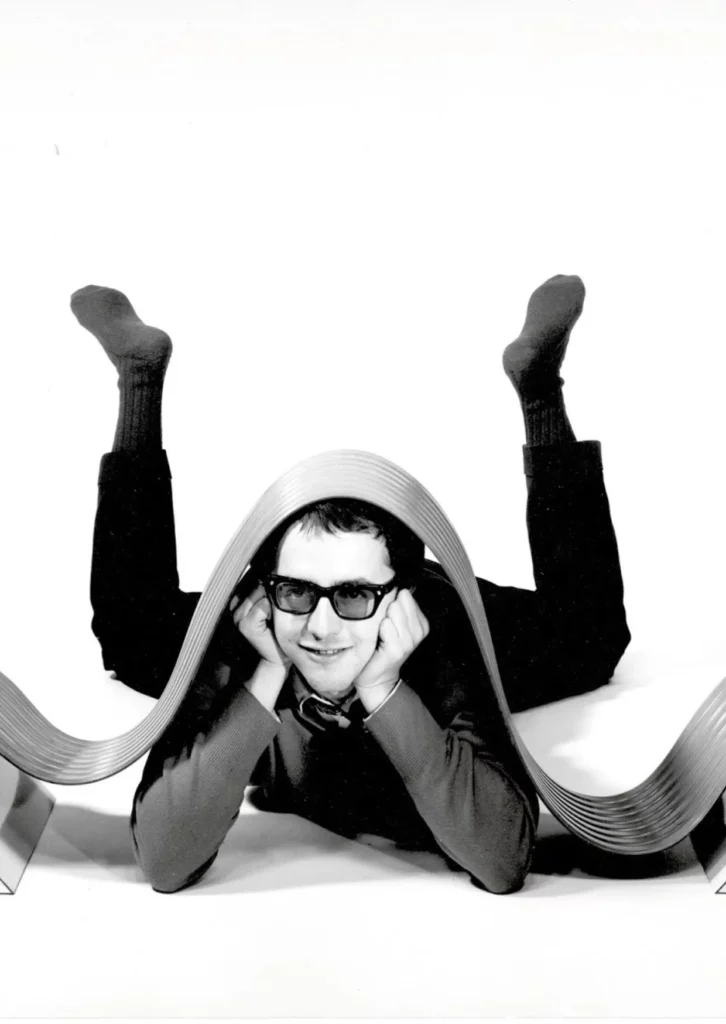
Valerio Adami
Was born in Bologna on 17 March 1935. In 1944 the family moved permanently to Milan after a short stay in Padua during the war years. In 1960 he won the Lissone prize and participated in the Young Italian Painters exhibition at the Kamakura Museum of Modern Art in Japan. The following year he was present at the Italian Artists exhibition organized at the Cambridge Art Association in Boston. During the second half of the 1960s, numerous international exhibitions of Valerio Adami were organised. Thus began a series of long stays that took him, among other things, to London, New York, Cuba, Tokyo, Caracas, Bavaria, India, Israel, Scandinavia and Argentina. All these journeys will have a profound impact on the culture and artistic vision of Valerio Adami, who will often address themes typical of cultures different from ours in his works. In 1966 he drew the portrait of Nietzsche, the first of a long series of “literary portraits”, where the line follows less the physiognomy than the outline of a symbolic thought Two important exhibitions are dedicated to him in the Schwarz and Marconi galleries in Milan. In 1968 the Venice Biennale dedicated a room to Adami’s paintings. In 1971 he moved to New York, where he opened his atelier and from this date, he will return regularly for a few months each year. During these years he met numerous writers, philosophers and painters, including Dino Buzzati, Helmut Heissenbuttel, Marc Le Bot and Jacques Derrida, with whom he established powerful lasting bonds that allowed him a continuous and rich exchange of ideas and opinions.
In the meantime, the human figure has entered his paintings more and more clearly: no longer just bodies placed among objects, in the decoration of interiors or public places. In 1990, after returning to live on Lake Maggiore, he held a major retrospective at the IVAM- Center Julio Gonzàlez in Valencia, and the following year, again in Spain, an exhibition was dedicated to him at the Museo Nacional Centro de Arte Reina Sofia. In 1992 he left for a long trip to Mexico which was followed by another long trip to India in 1996. Having returned to Italy in 1997, Palazzo Medici Riccardi in Florence hosted a large exhibition of his divided into themes. In 1998 he created a monumental painting for Monte Paschi di Siena. In 2000, the European Drawing Foundation was born in Meina, the city where the master lives, in the restored Museum of Villa Faraggiana. In 2006 the Museum of Contemporary Art of Lissone awarded the artist a lifetime achievement award and hosted a major retrospective entitled Adami d’après Adami. In 2009 he inaugurated, together with his wife Camilla, the Camilla ADAMI Valerio retrospective at the Palazzo Reale in Milan. In 2011 the city of Lucca celebrates his work with a triptych of exhibitions dedicated to his drawings, paintings and watercolours. In 2012, the Tega Gallery in Milan decided to inaugurate its new headquarters by dedicating a vast retrospective to Adami entitled Figures in Time, accompanied by an important catalogue, containing numerous historical essays on the Artist.
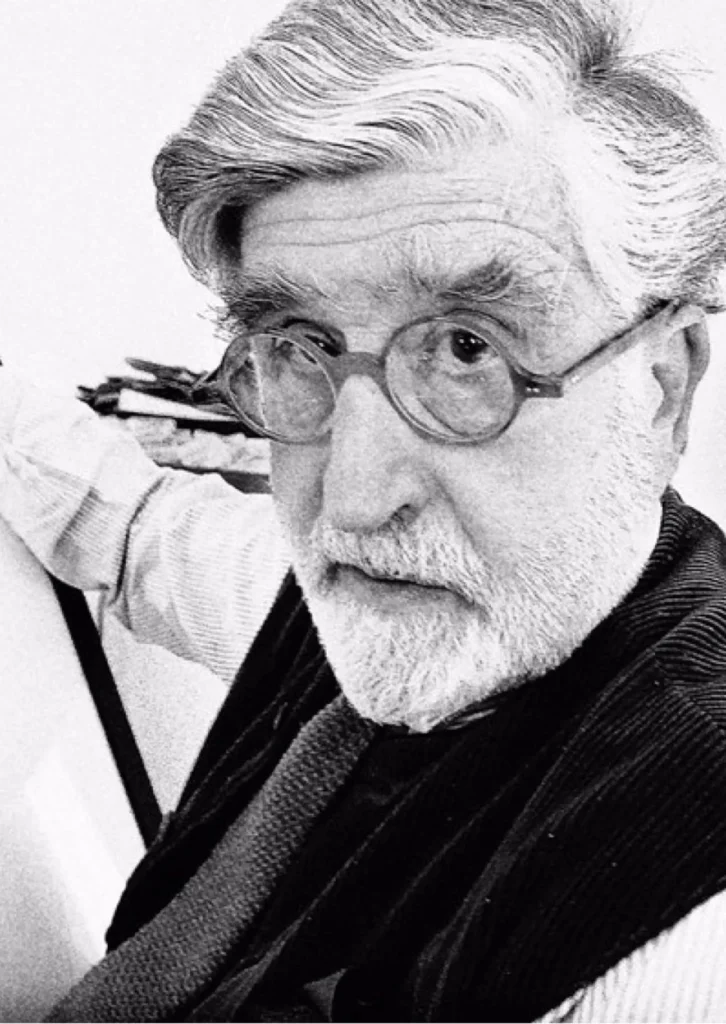
Victor Vasarely
(Pécs, 9 April 1906 – Paris, 15 March 1997) was a Hungarian-born French painter and graphic designer. He was the founder of the Op art artistic movement, which developed in the ’60s and ’70s and, together with Bridget Riley, the main exponent. In 1927, after studying medicine for a couple of years at the University of Budapest, he decided to dedicate himself to art and in 1929 he enrolled at Mühely, a school founded by Alexandre Bortnyik which followed the principles of the Bauhaus of Dessau. In this period he became acquainted with Constructivism and abstract art. After leaving Hungary, in 1930 he settled in Paris, where he began working as a graphic designer. In the initial graphic period (1929-1946), the artist laid the foundations of his aesthetic research, exploring themes that he would take up again later. Between 1935 and 1947, he rediscovered painting and, particularly influenced by Cubism and Surrealism, concentrated on portraiture, still life and landscape. The works of the so-called “Belle-Isle” period (1947-1958) were born from a stay on Belle-Isle, which marked the transition to abstraction through the use of natural materials. From the “Denfert” period (1951-1958) are the curious drawings inspired by the walls of the Denfert-Rochereau metro station in Paris.
This was followed by the “Cristal-Gordes” period (1948-1958), with works in which forms of contrasting colours were juxtaposed, and the “Black and White” period (1950-1965), in which the artist resumed his initial graphic research. In 1955 he exhibited with other representatives of kinetic art at the Denise René Gallery in Paris and in the same year he published his Manifeste Jaune. In 1965 he participated in the “Responsive Eye” exhibition held at the Museum of Modern Art in New York and dedicated entirely to Optical Art. Continuing his studies on movement and perception, Vasarely returned to drawing in the so-called “Vonal” period (1964-1970 ), where he took up linear and graphic themes from the “Black and White” period, but added colour. The “Vega” period began in 1968 when the deformation of the elements of the composition created the optical effect of swelling of the surface of the painting. In 1976 he created the Vasarely Foundation in Aix-en-Provence, thus concretizing the idea that art should not be disconnected from the social context and the environment that surrounds it.
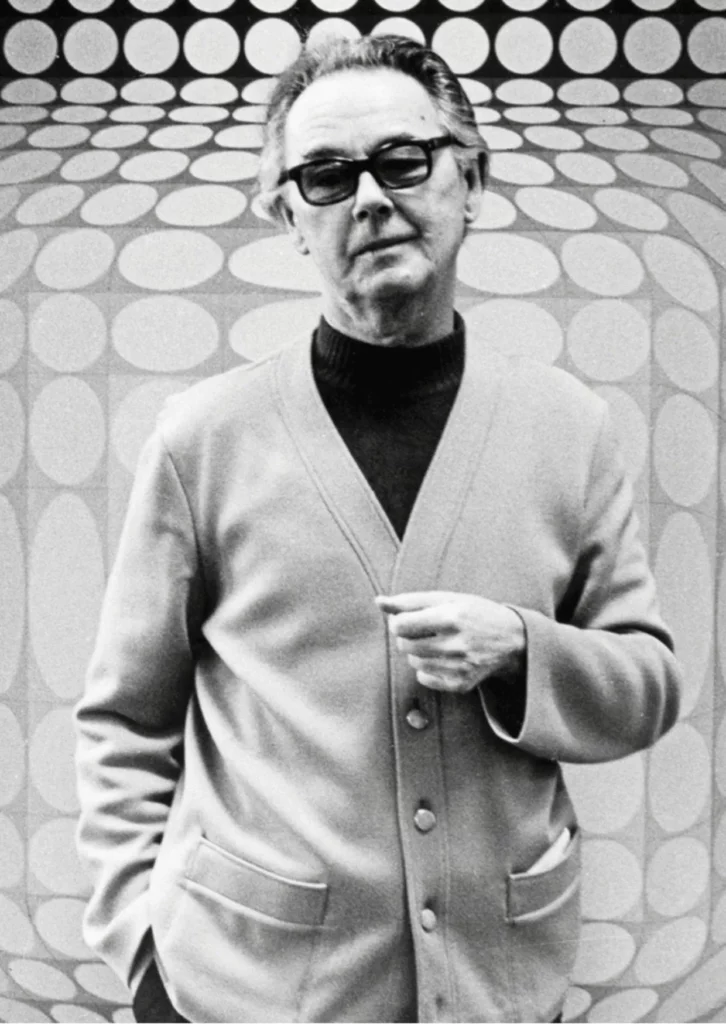
Verena Loewensberg
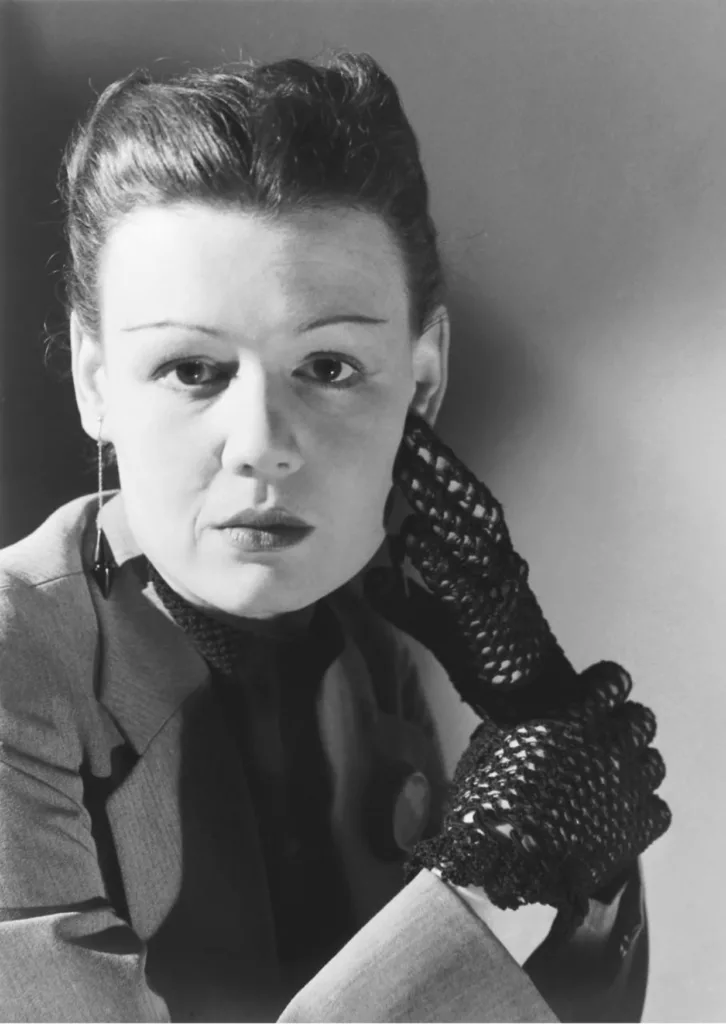
Camille Graeser
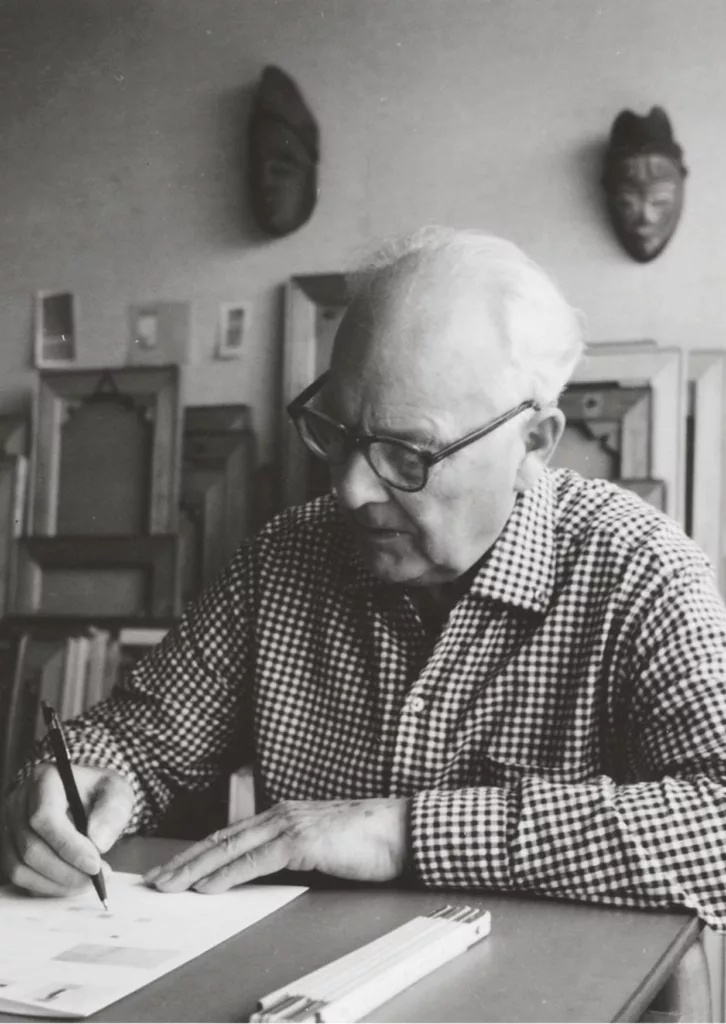
Getulio Alviani
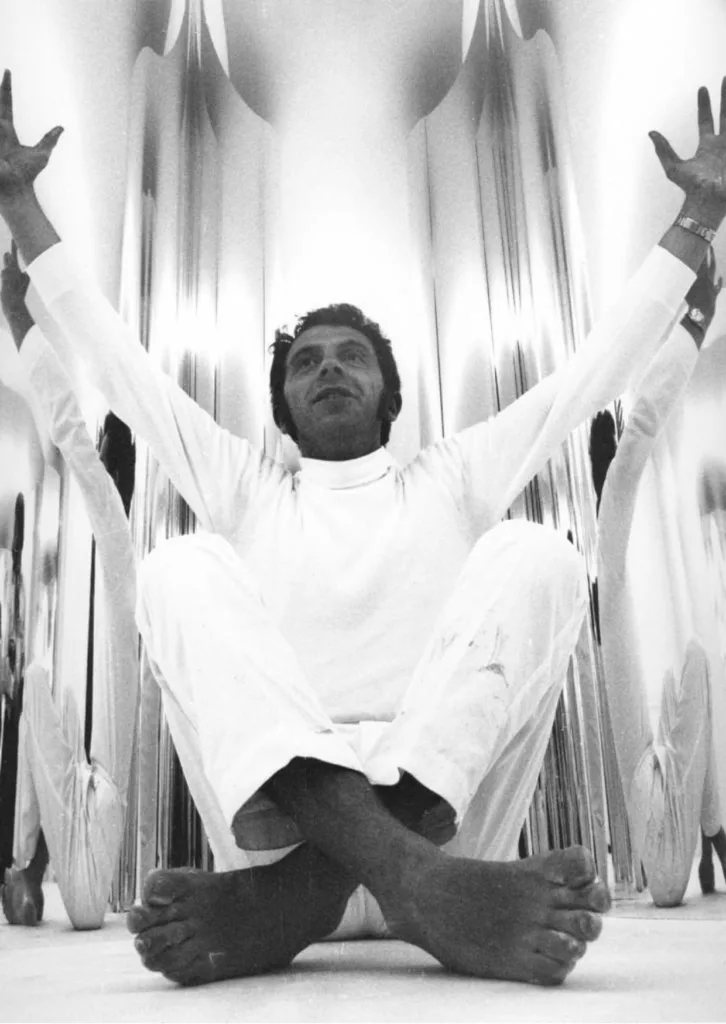
Art movements
pop art

surrealism

dadaism
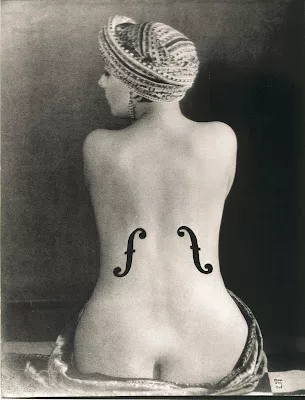
Nouveau Réalisme

Arte povera
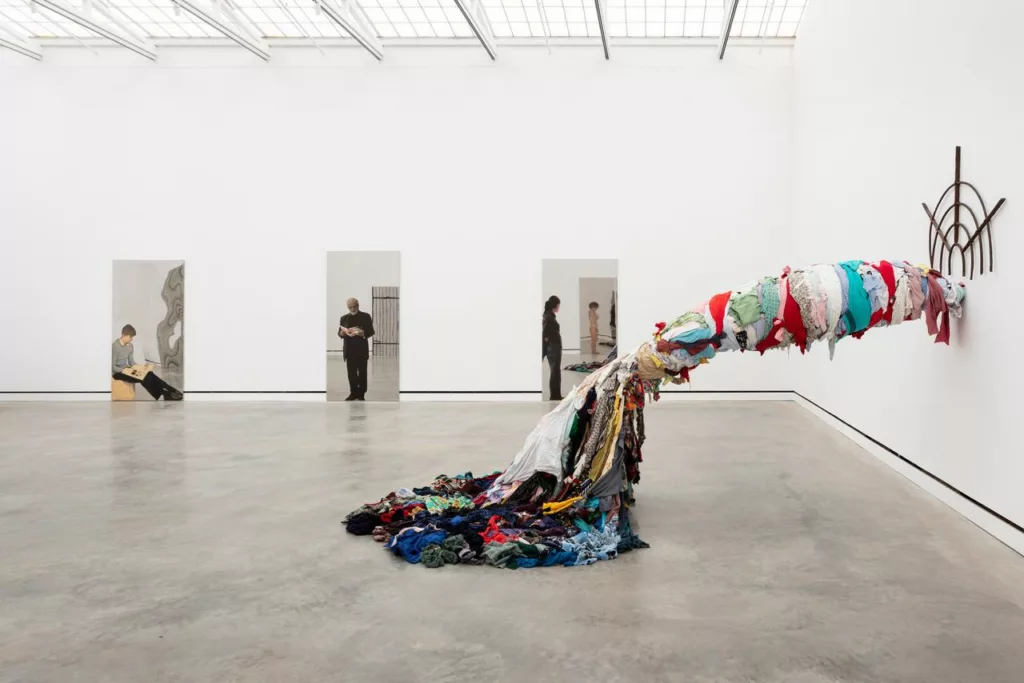
British pop art
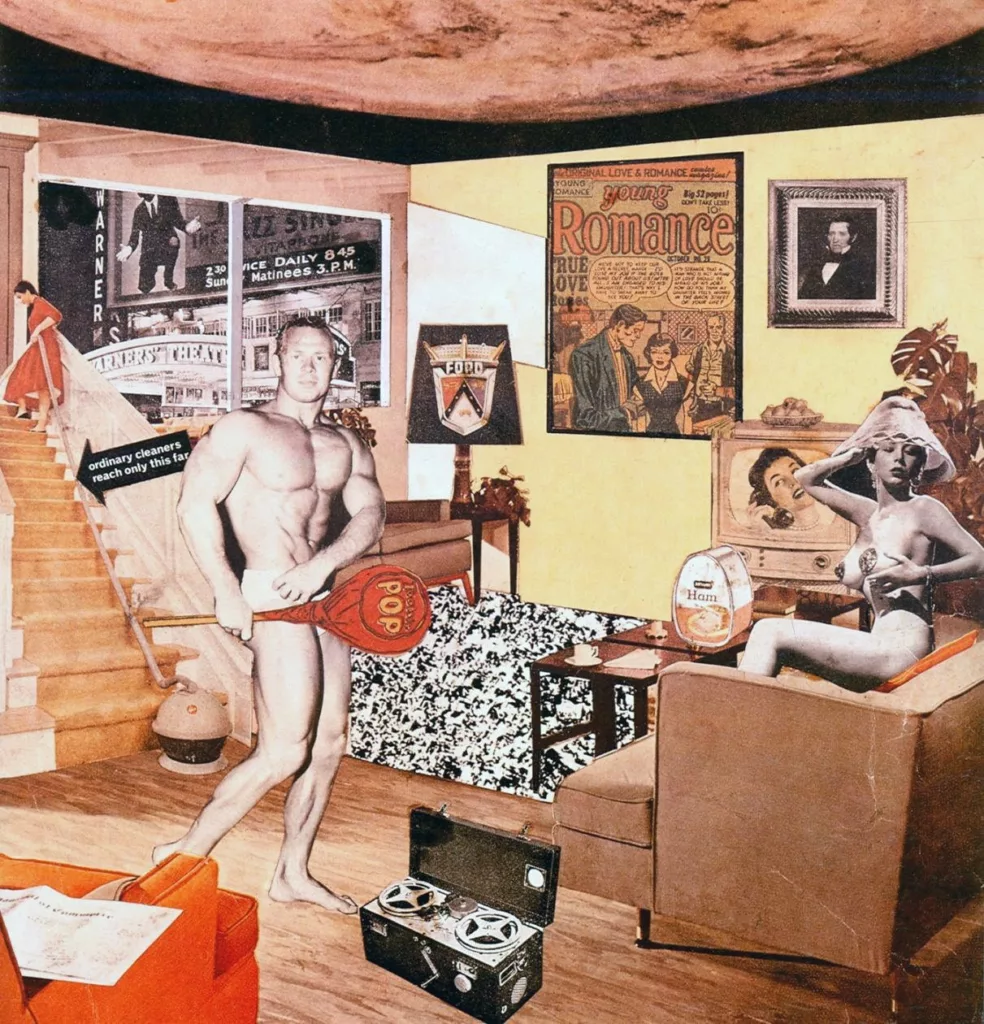
Abstract Expressionism
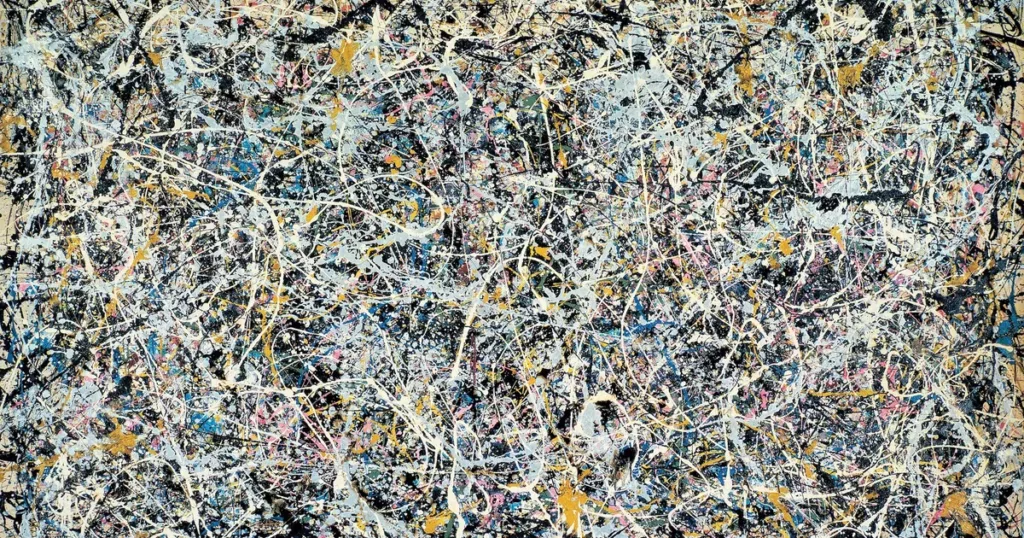
Conceptual art
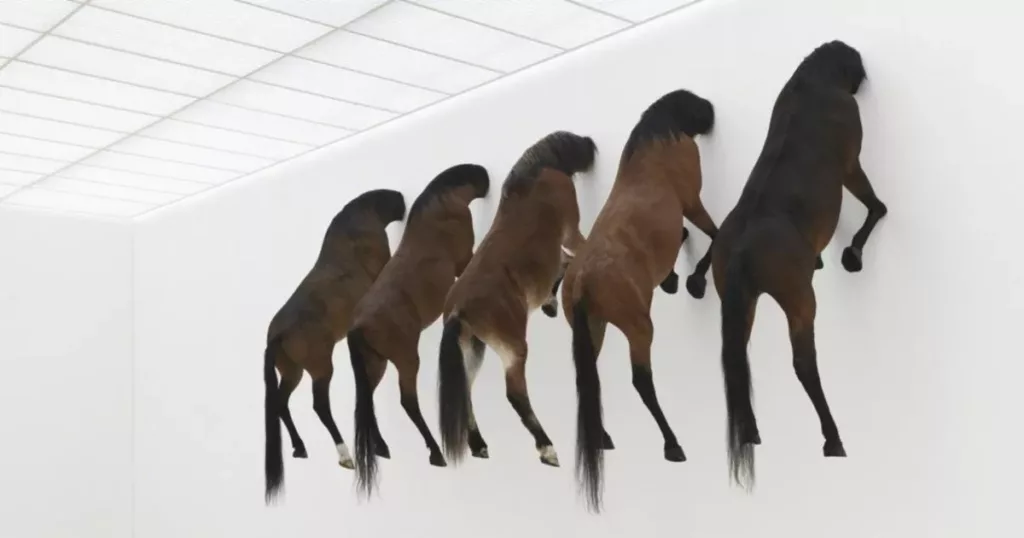
Pop Surrealism
